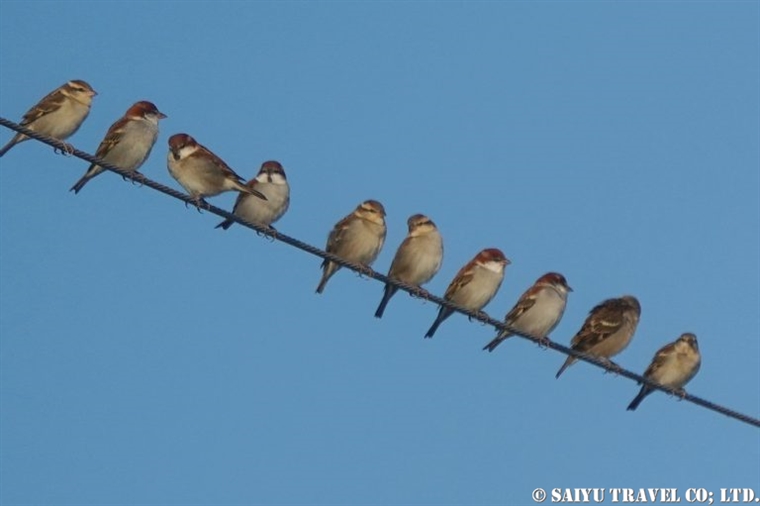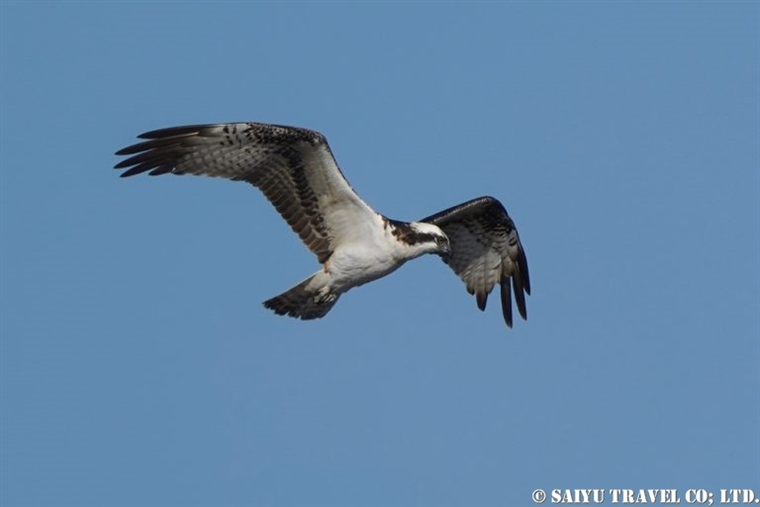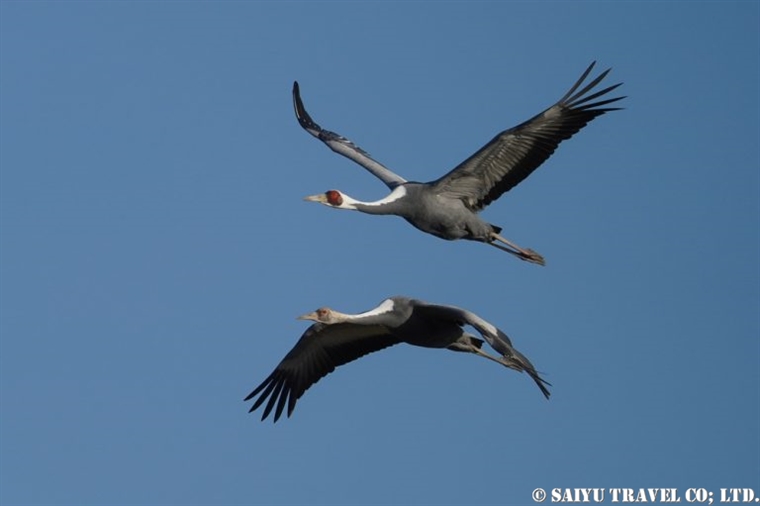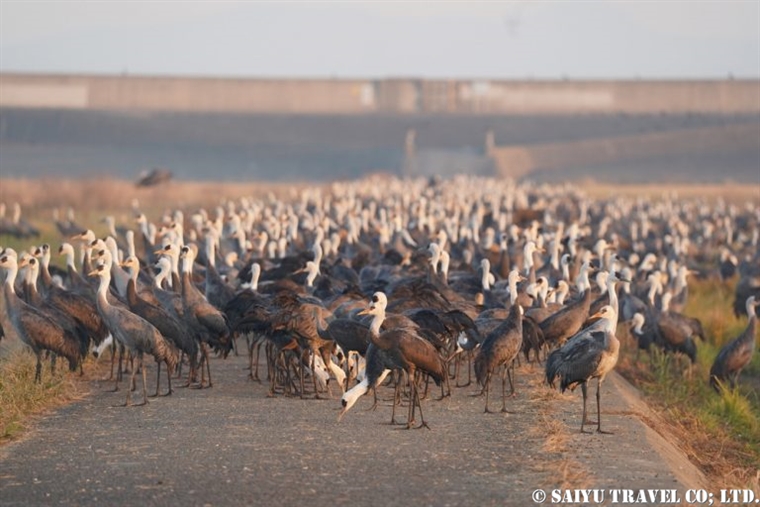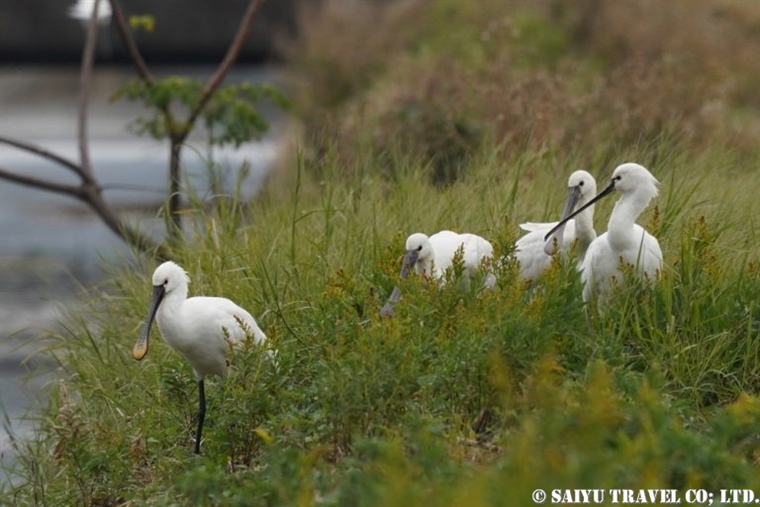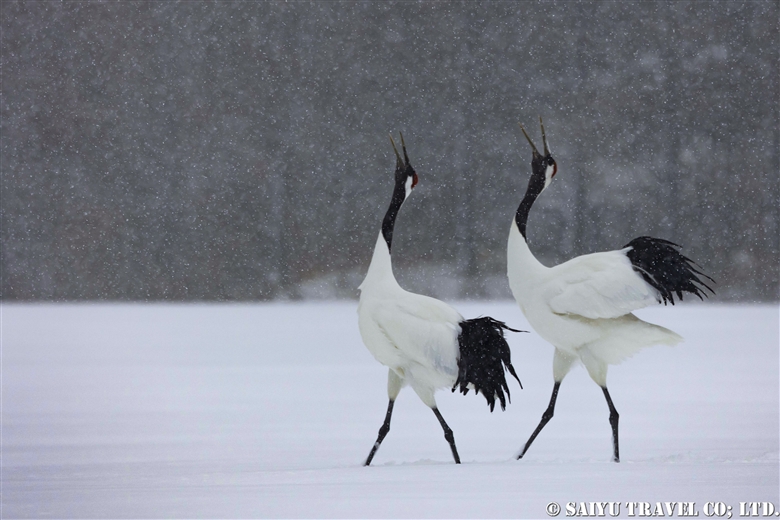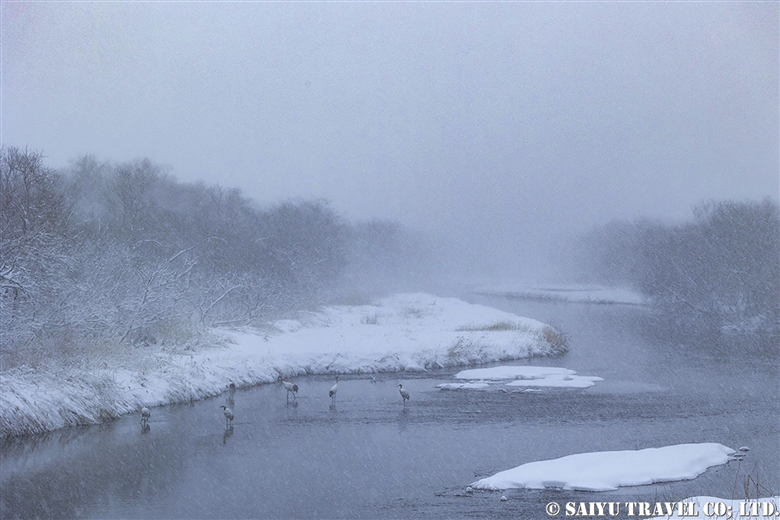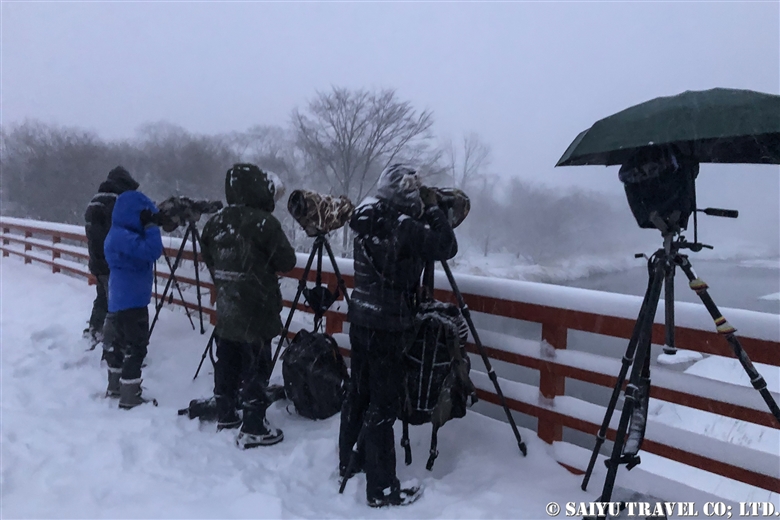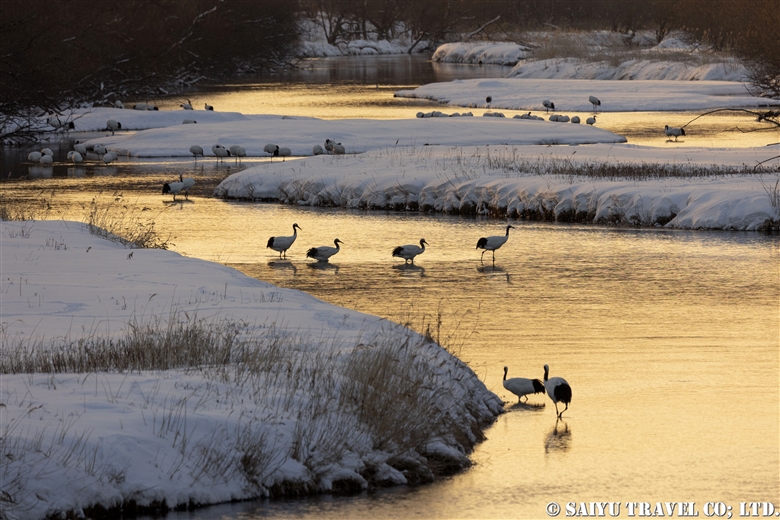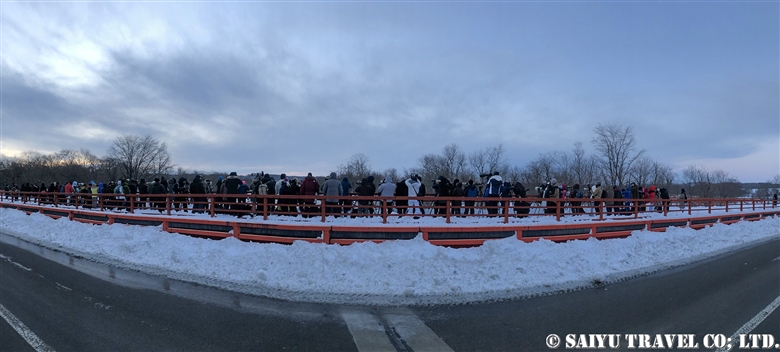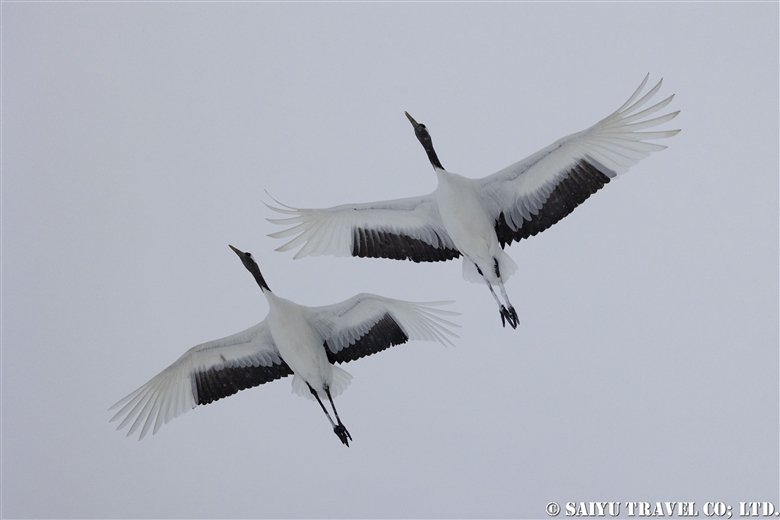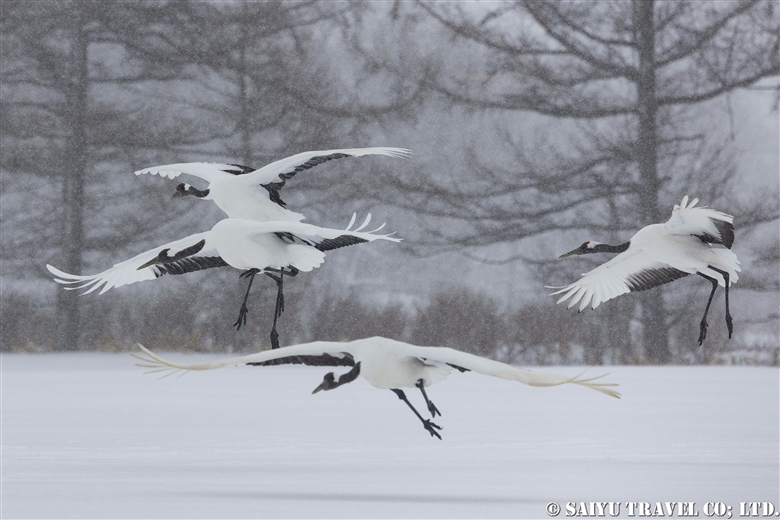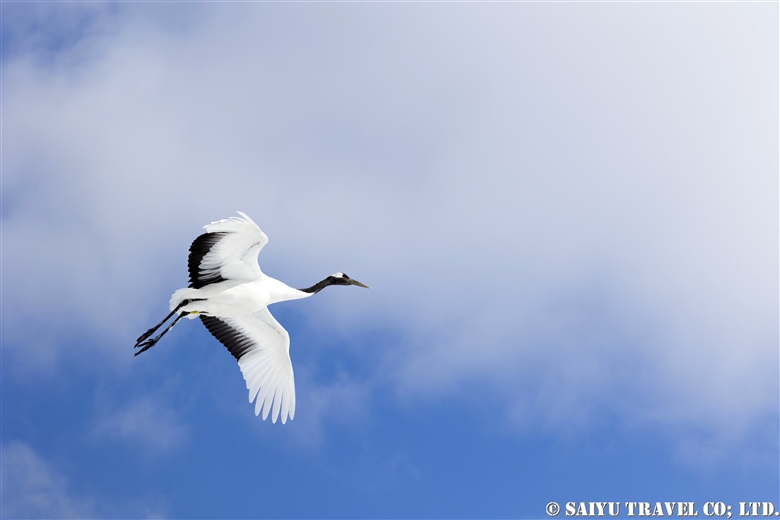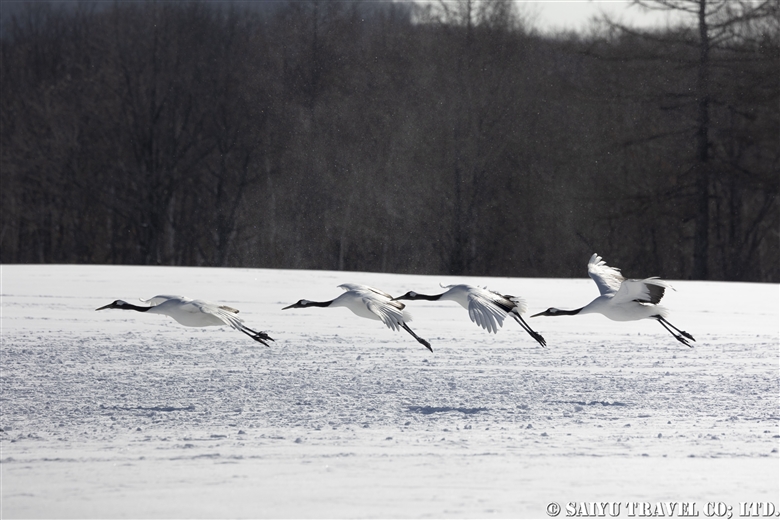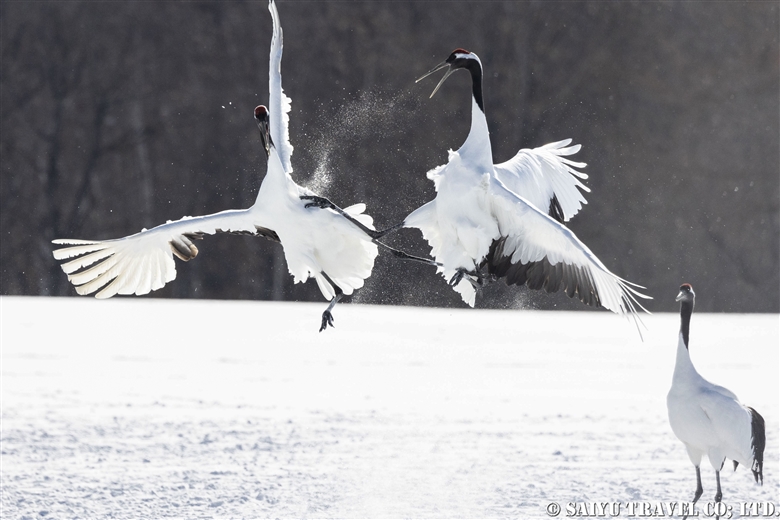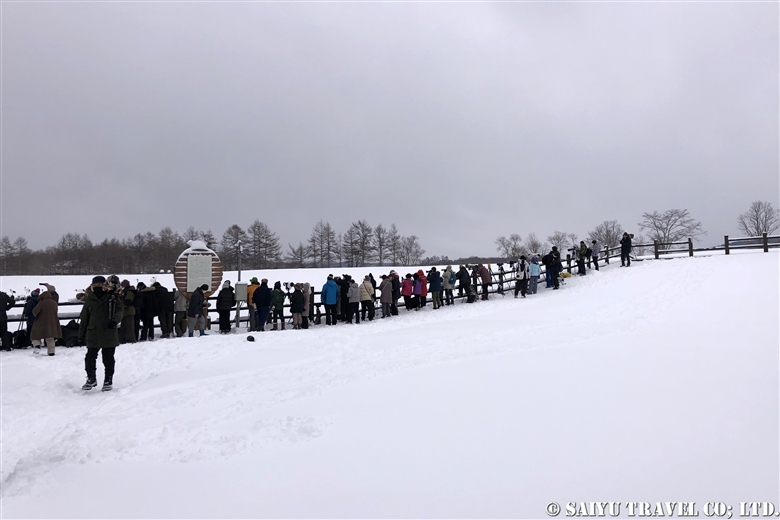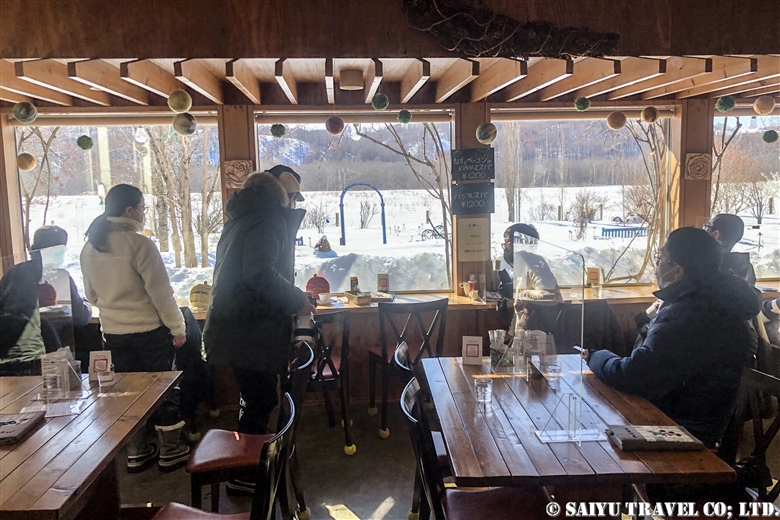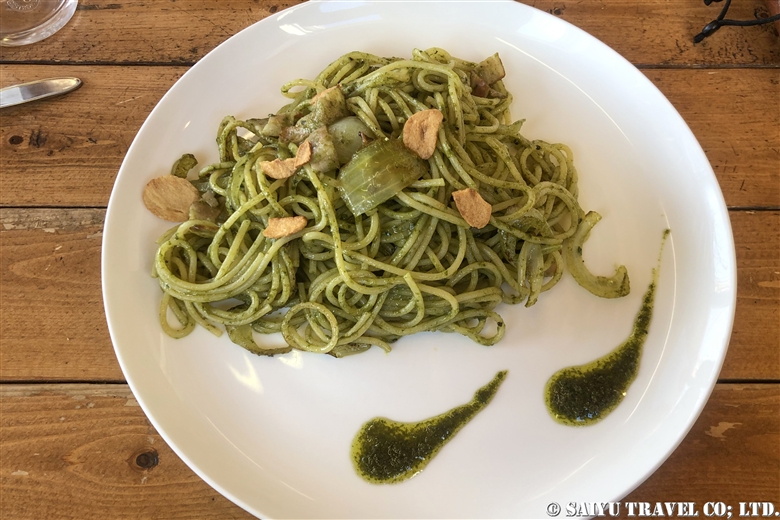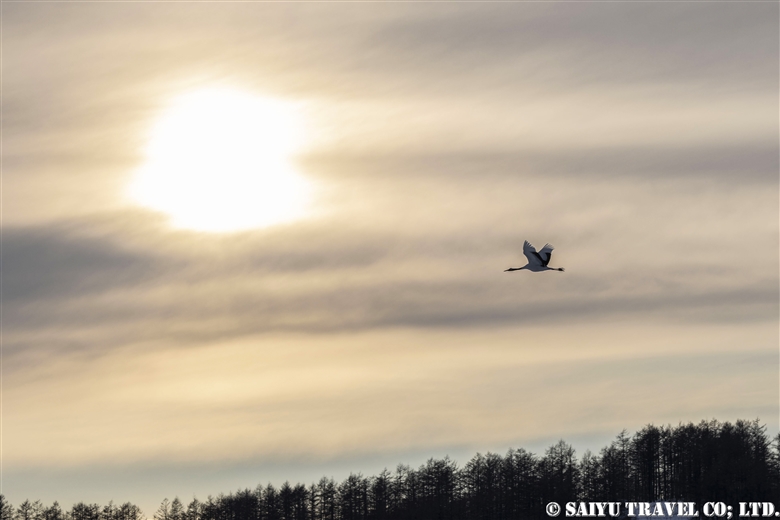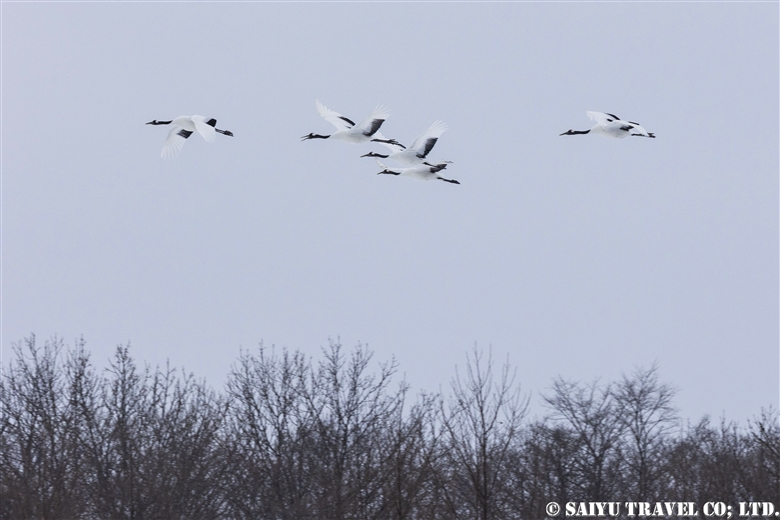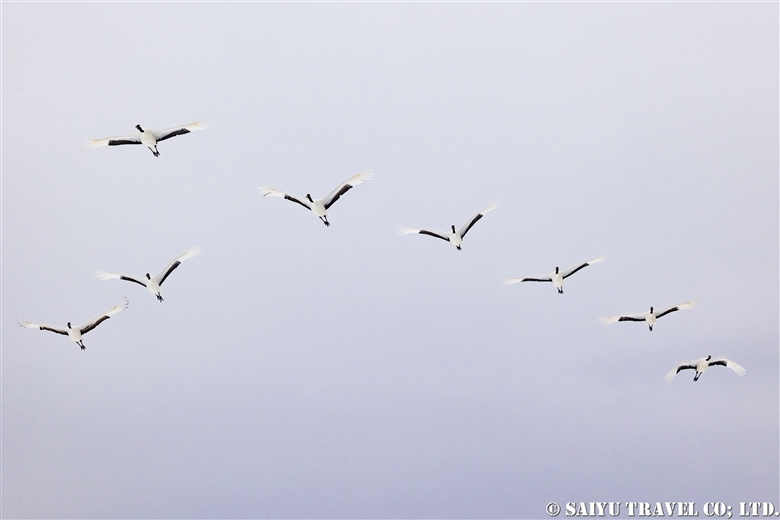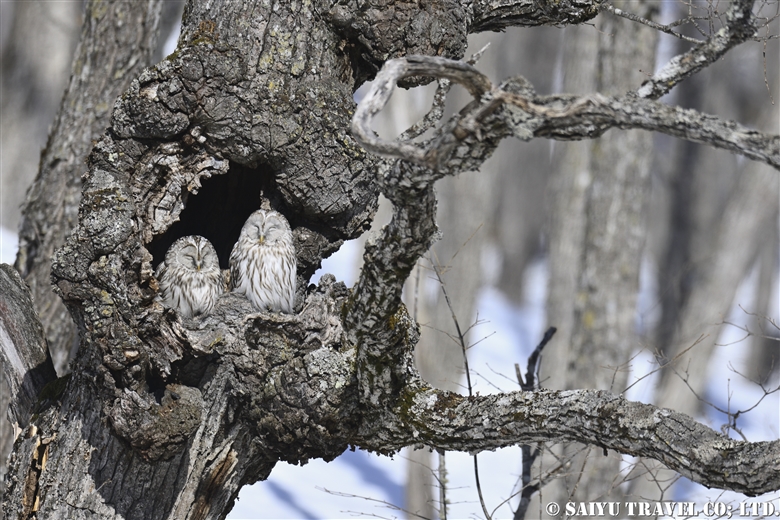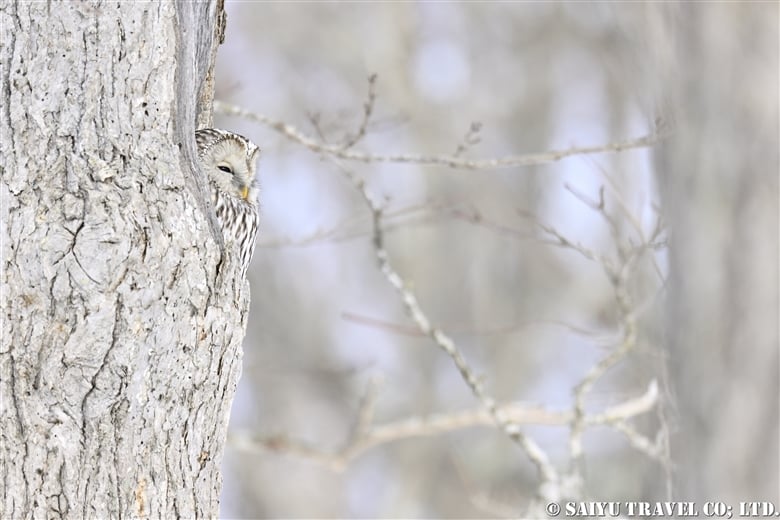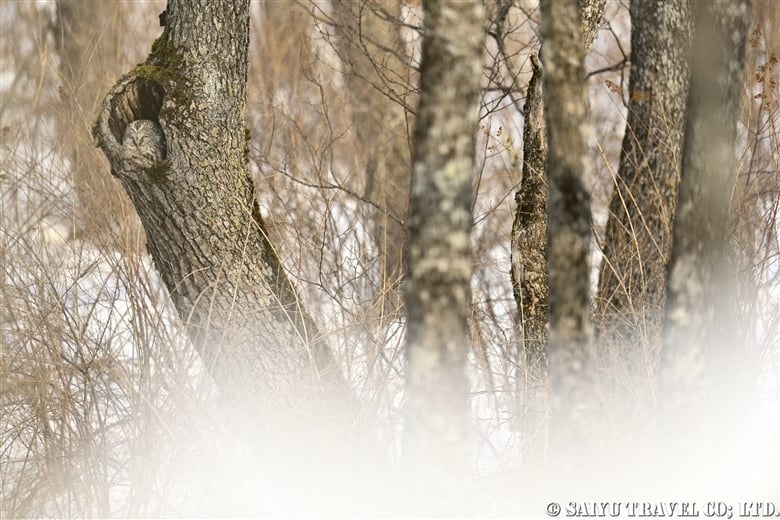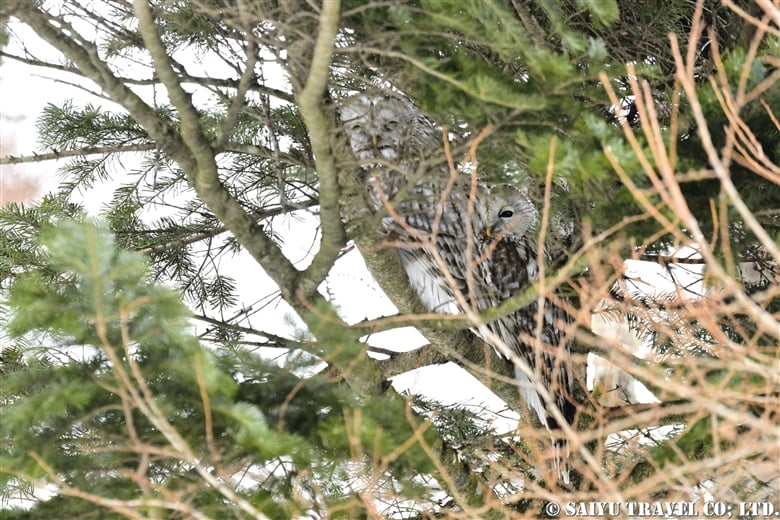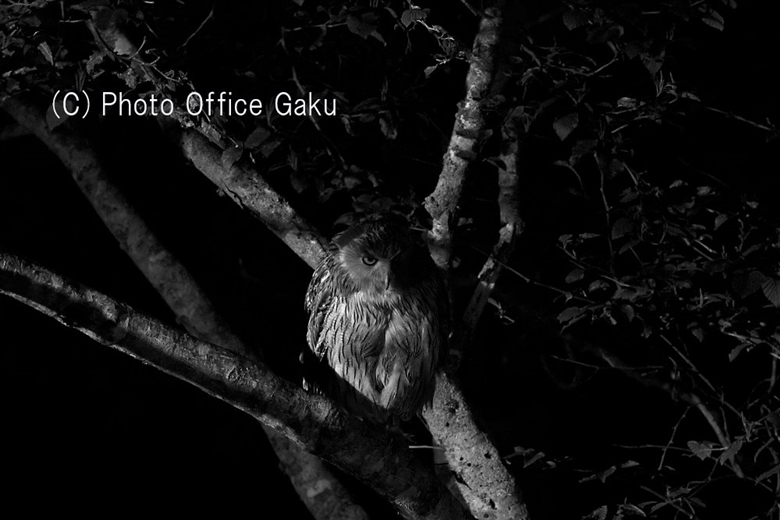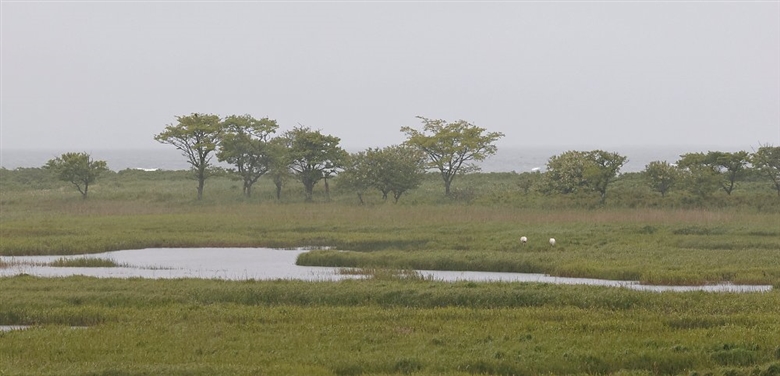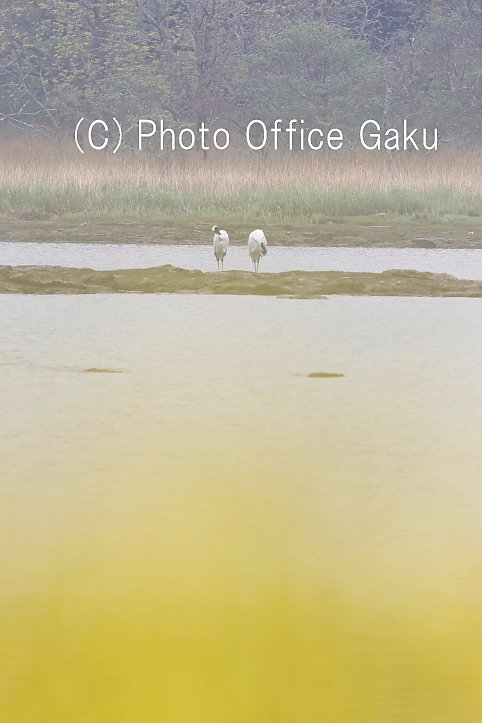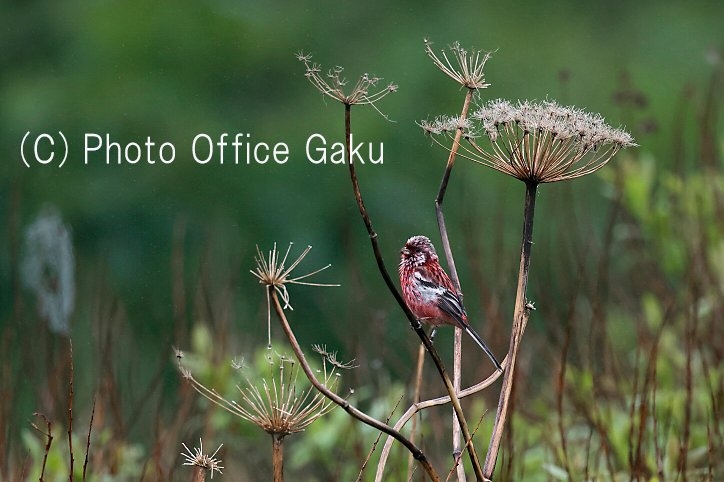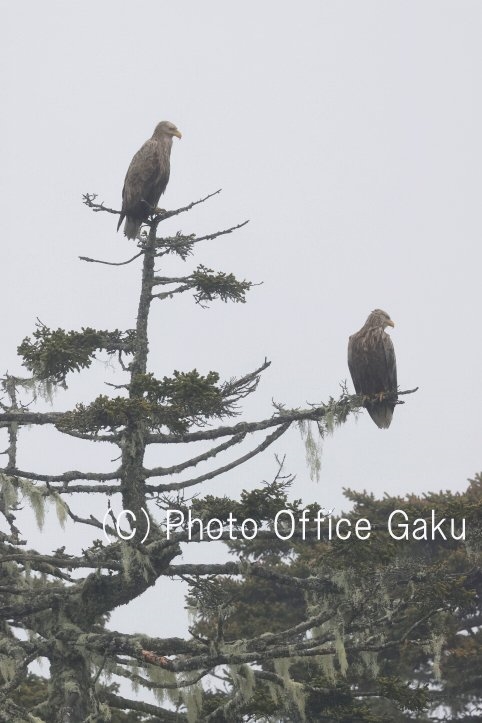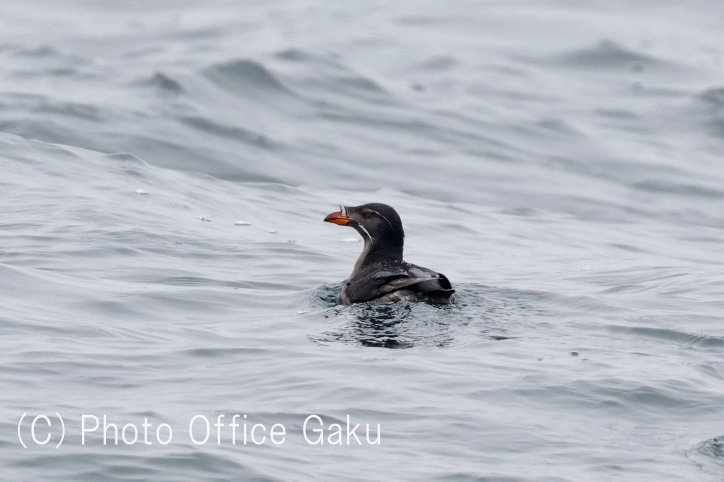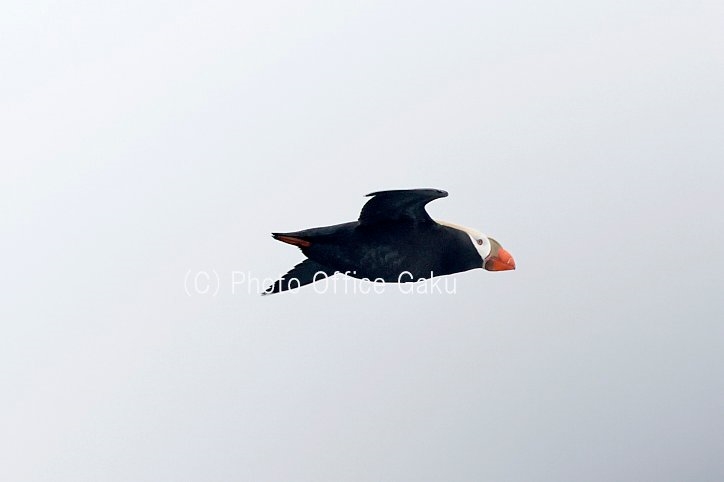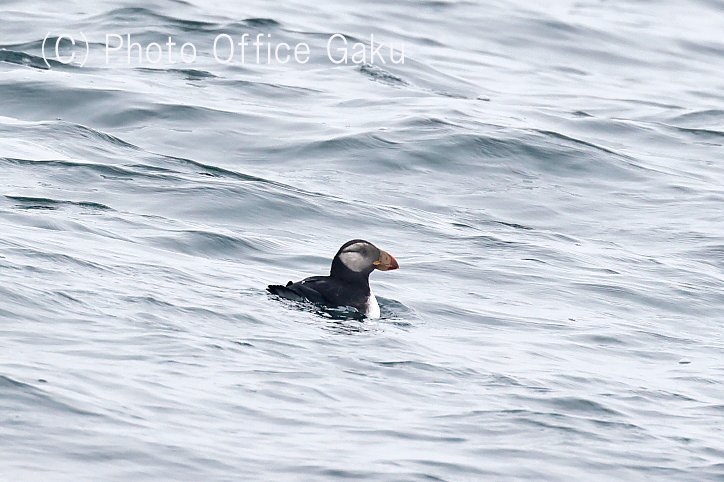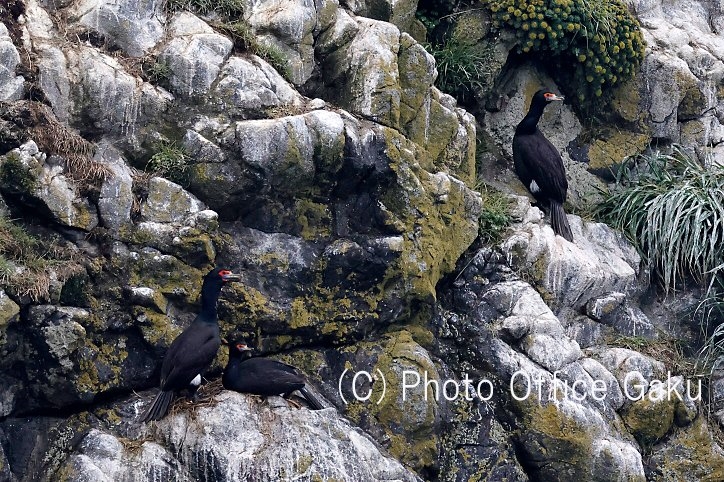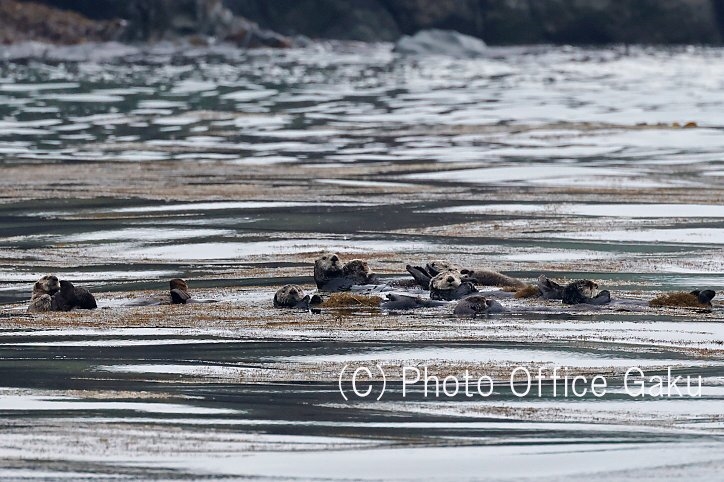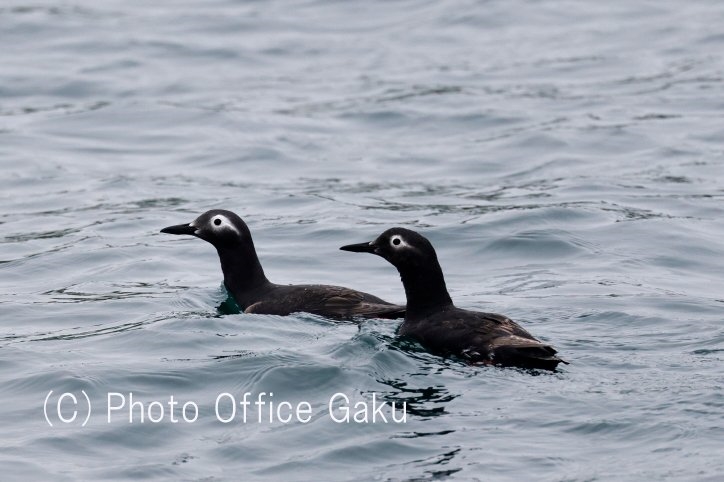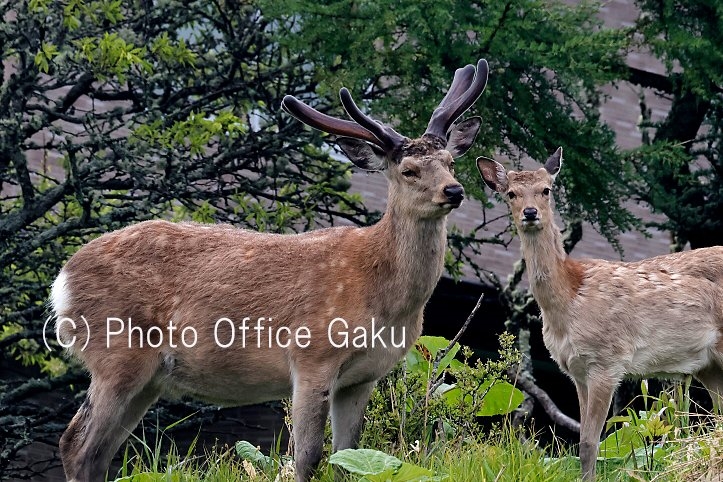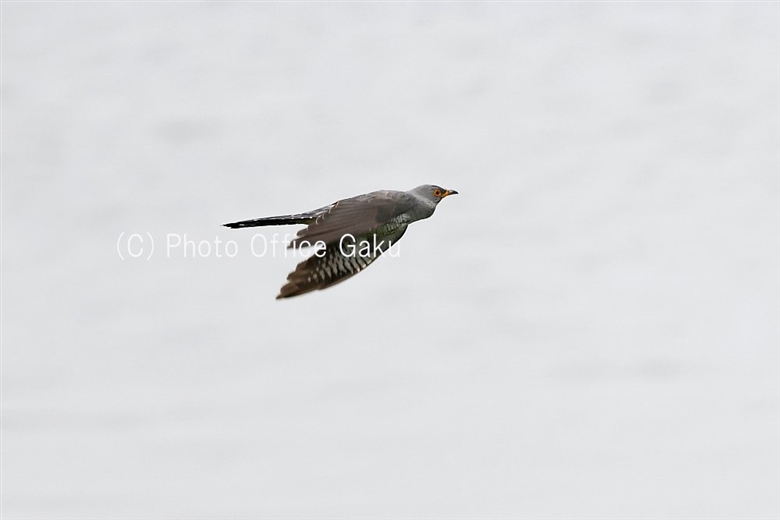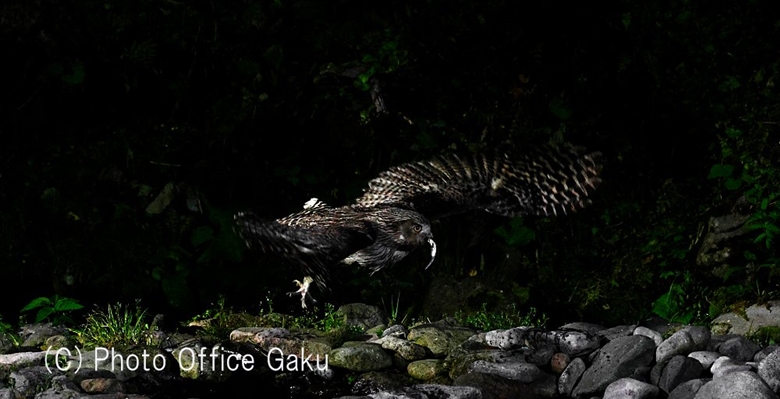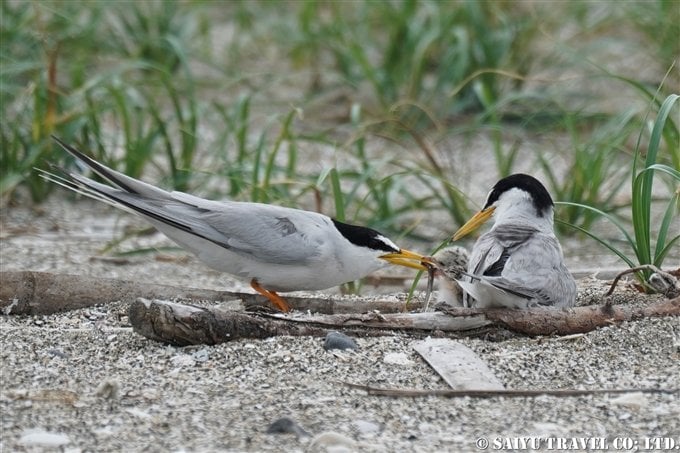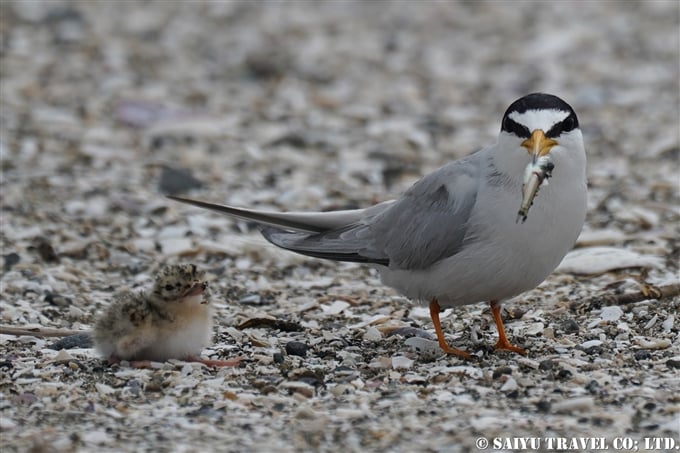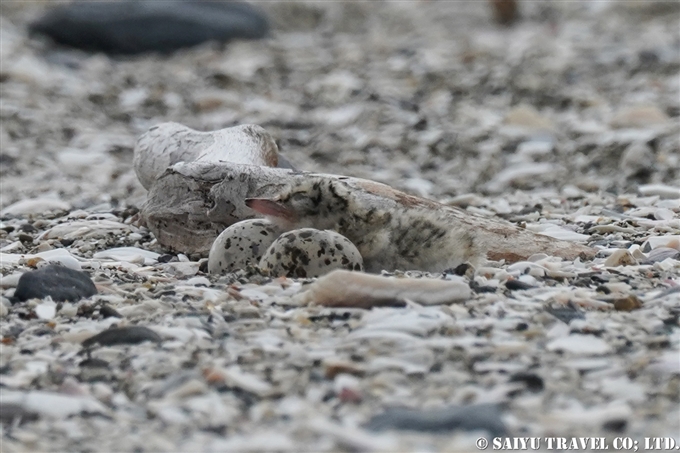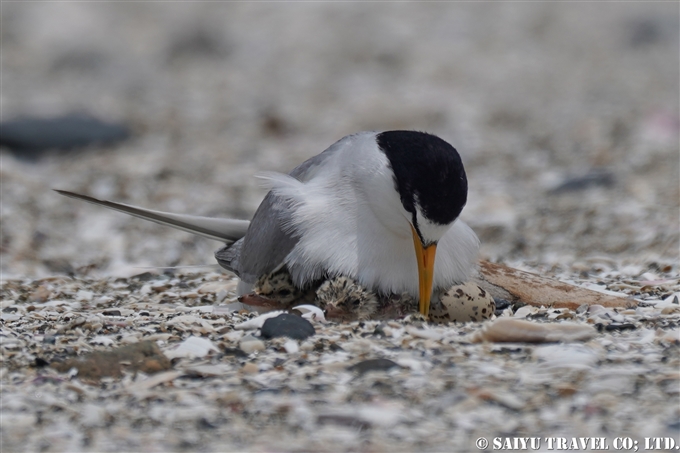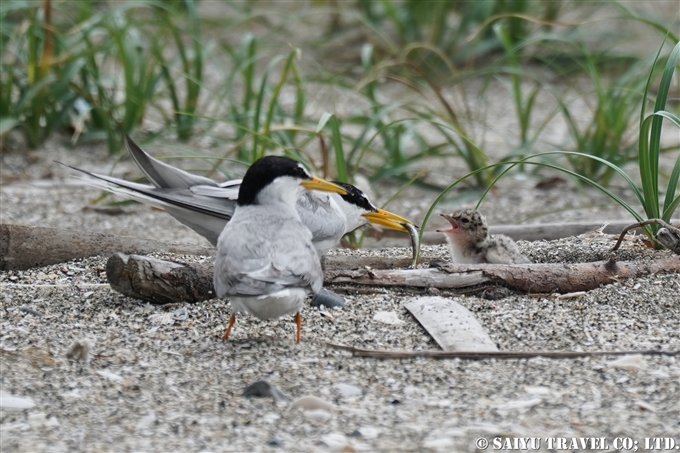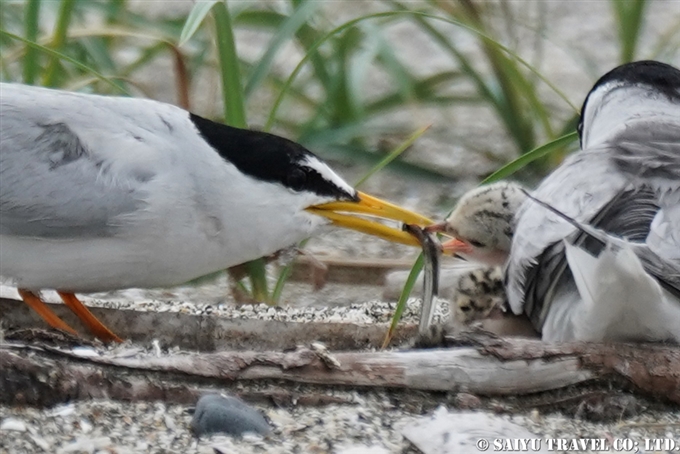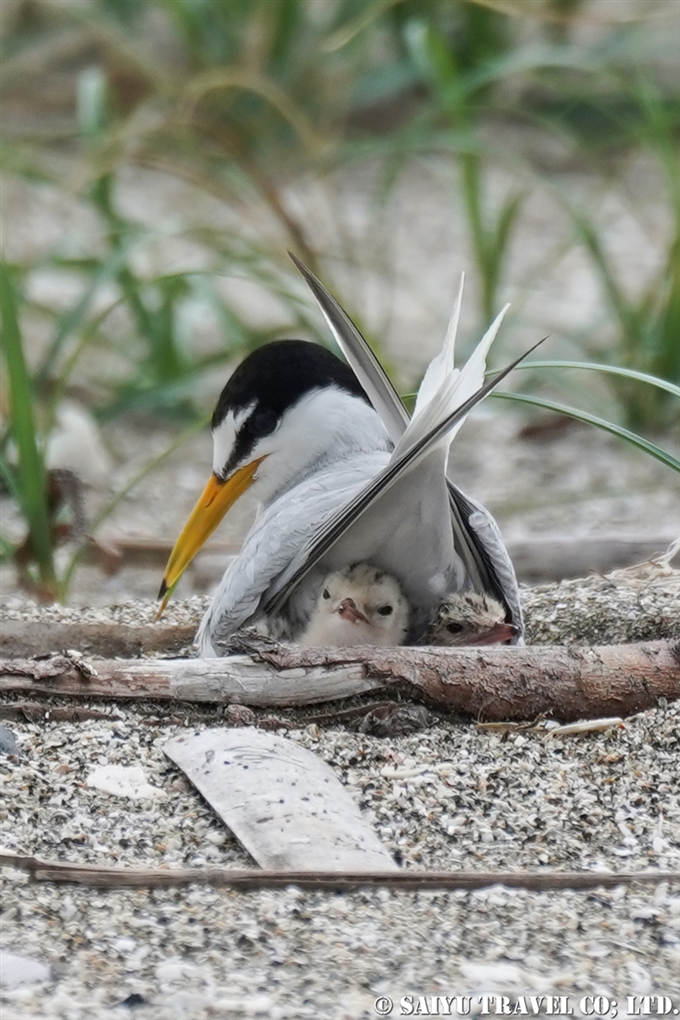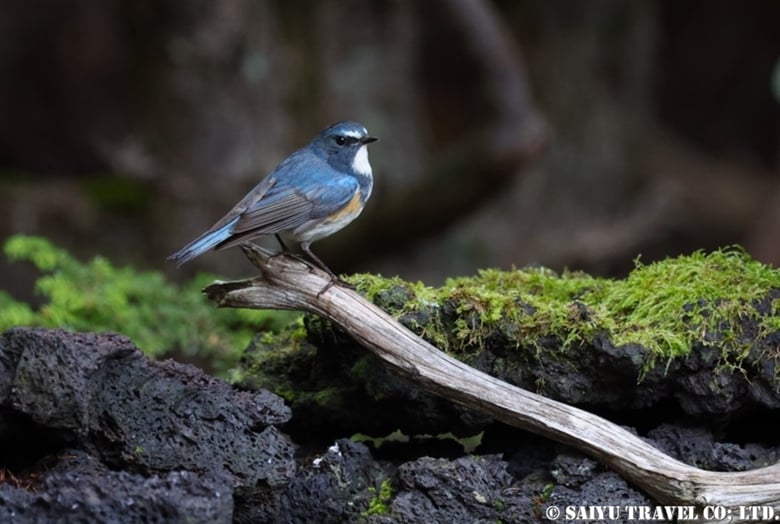
Reported by YOSHINARI TOSHITAKE for a tour conducted from August 21 – 23.
Day 1
Meeting at the Shinjuku bus terminal and took a bus to the 5th station of Mt. Fuji, which is approximately 2,300 meters above sea level.
When we arrived at Okuniwaso as planned, we immediately started observing birds and taking photos. The back garden is short and has a well-developed walking path, so one of the attractions is that you can stroll around freely.
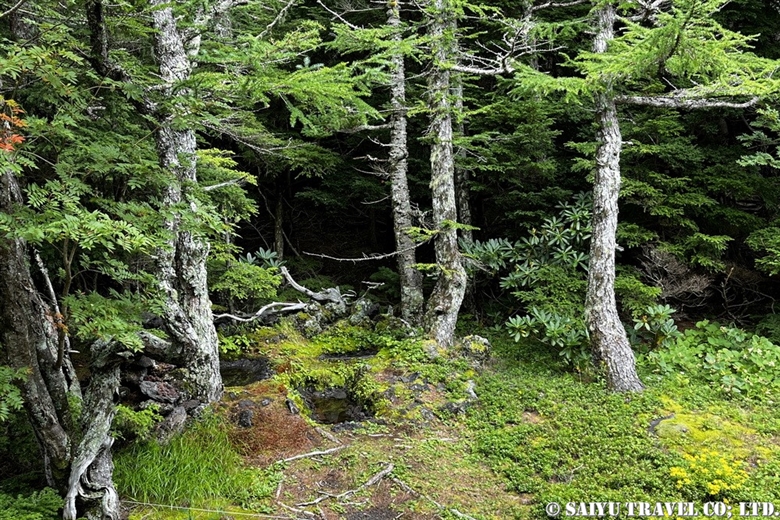
At the waterhole, we saw Eurasian bullfinch, Red-flanked bluetail, Coal tit, Goldcrest, Japanese leaf warbler. The birds are less than 10 meters away, so we could get good pictures. The little birds came out here and there, so I over heard the group talking about how they were satisfied with the afternoon.
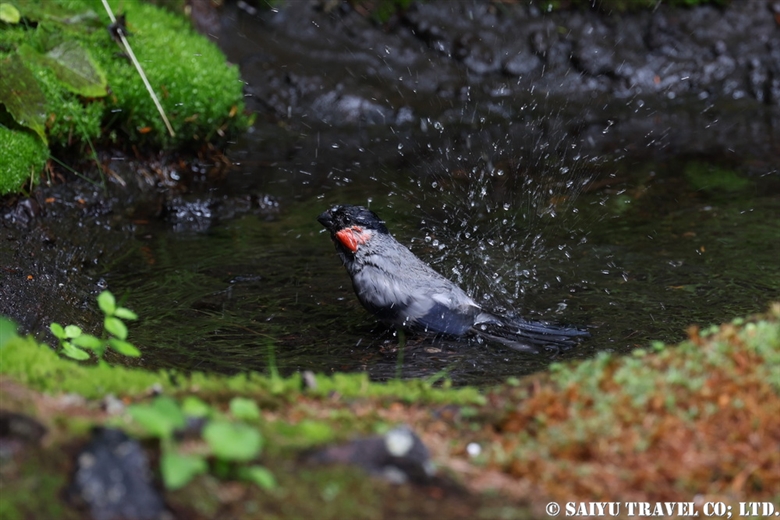
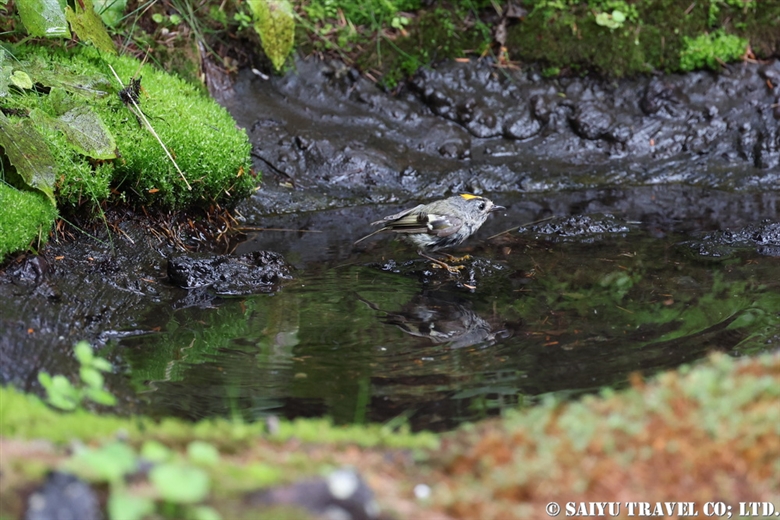
Okuniwaso is a mountain hut, so there are no baths or showers (the temperature is cool so no sweating, but it gets really chilly in the mornings and evenings.) Dinner is served early (when it was still light!) at 4:30pm, but the food was luxurious for being at a mountain hut.
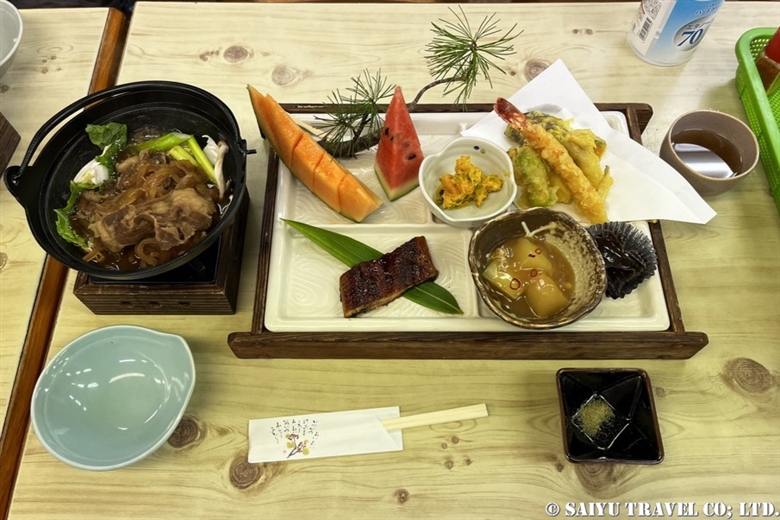
It was still light even after dinner, so the owner of Okuniwaso showed us the walking path. Unfortunately, the clouds in the western sky were too thick to color Mt. Fuji red in the sunset, but we were able to see the peak of Mt. Fuji up close. And at night, we could see the stars in the sky, between the clouds. Smartphones these days are so advanced, it’s was easy to take pictures of the starry sky. Both of the following images were taken with an iPhone.
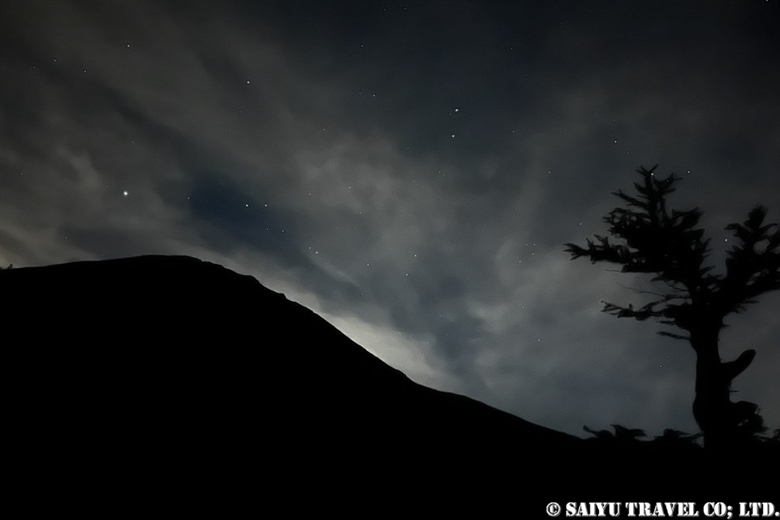
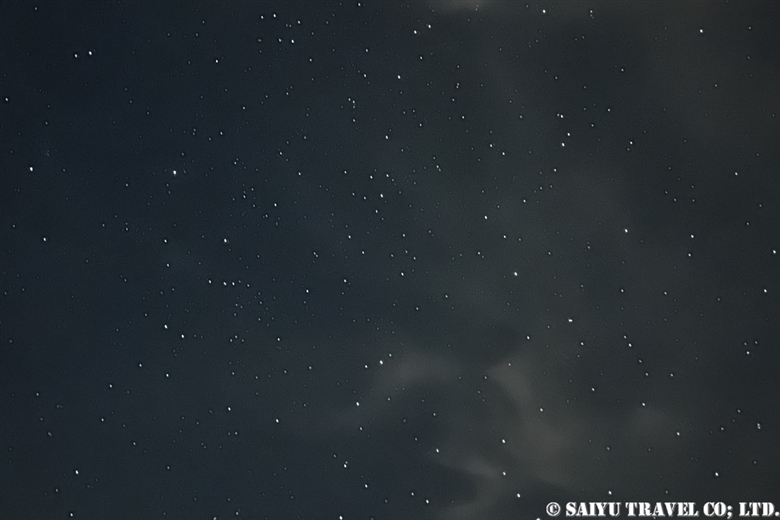
Day 2
It was clear skies at dawn, so we were able to have a great view of the sunrise over the ridge with Mt. Fuji.
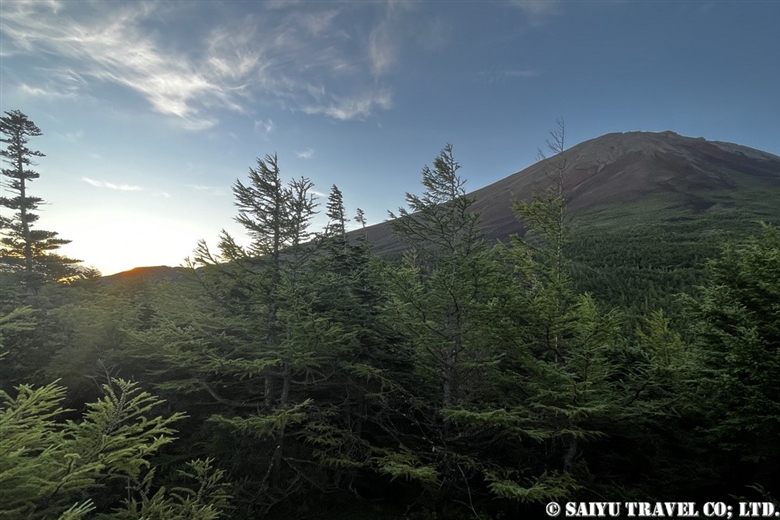
Just like yesterday, the birds came out frequently for us on this day, as well. A male ed-flanked bluetail that hadn’t come out yesterday also showed up, but perhaps it was in fact, that there were three different males. The male ed-flanked bluetail is truly beautiful.

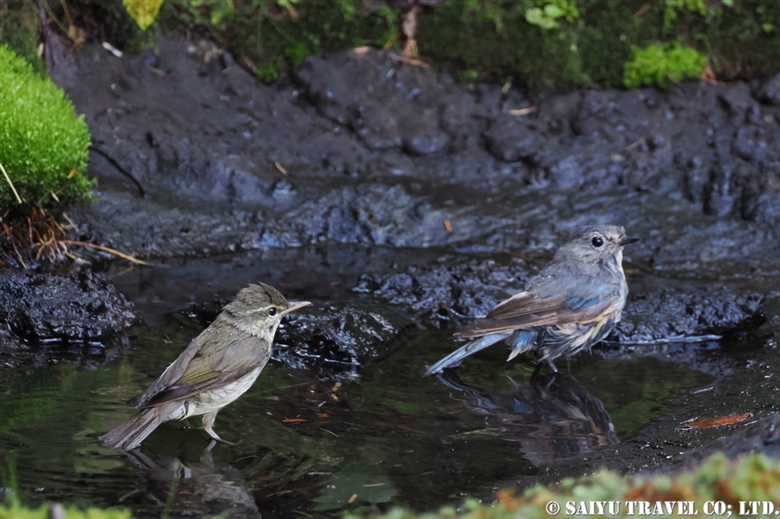
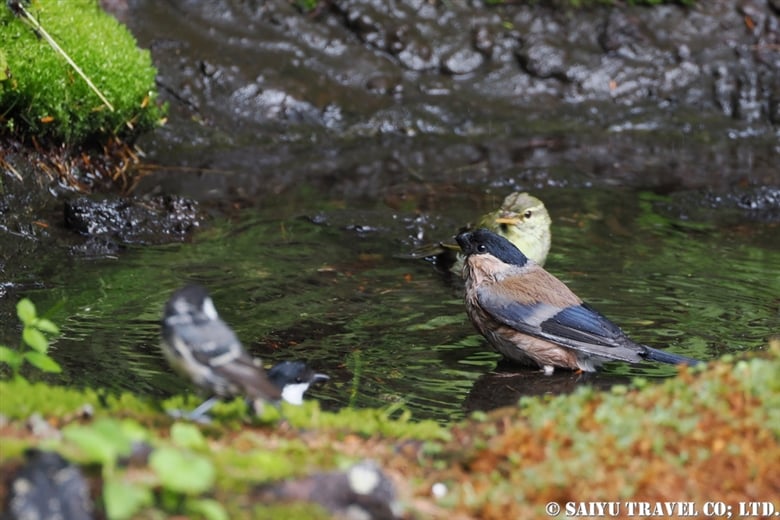
We enjoyed ourselves at Okuniwaso in the morning hours, and after lunch, headed towards Oiso in preparation for observing green pigeons the next day.
Day 3
Unfortunately, today’s weather forecast is cloudy and rainy. Despite the bad weather, we left the hotel with the hopes that it will improve, while it was still dark, and arrived at Oiso and Terugasaki Beach. It was raining a little when we arrived, but the rain gradually subsided and fortunately, it became sunny. White-bellied green pigeons were flying in, but they were quite wary and would not come down to the rocks. Also, it seemed to be raining quite a bit on the mountain in the direction from which they flew in. However, they gradually started descending to the rocks, and we were able to observe them drinking seawater.
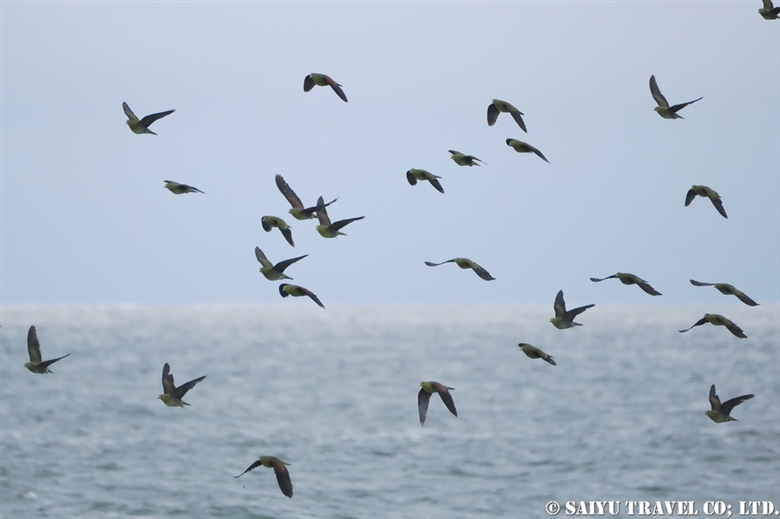
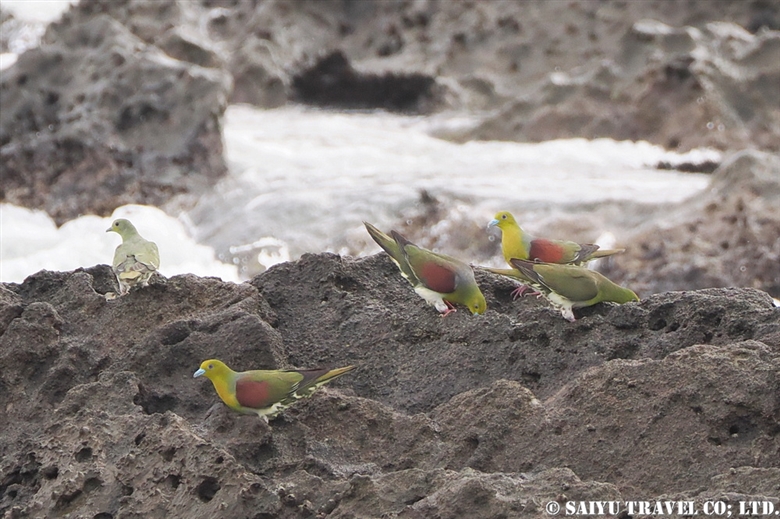
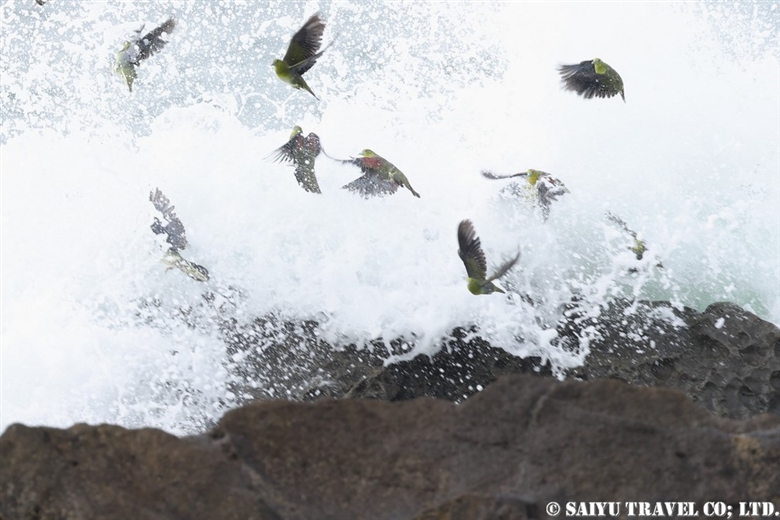
When the green pigeons that had been drinking seawater, took off all at once, a young peregrine falcon appeared. I didn’t see any attacks on the green pigeons, but it seems like the falcon had been hiding somewhere close by.
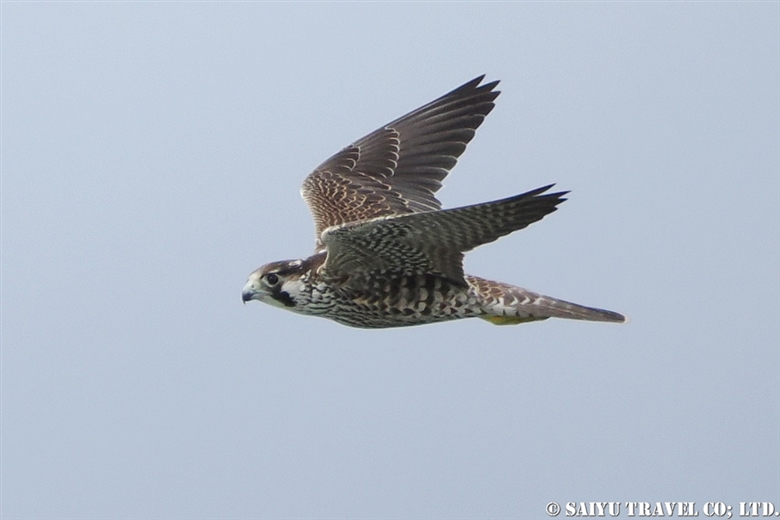
I was a bit worried about the rain forecast for our last day, but considering that last year it was sunny and quite hot, it ended up being a good day, which was a relief. During the tour, we had an interesting combination of subalpine birds at an altitude of 2,300 m and the White-bellied green pigeons on the coast, and we could see a wide variety of birds this year.
(Total of 27 Bird Species)
Report by: YOSHINARI TOSHITAKE
Observation: August 21-23, 2023, Mt. Fuji 5th station, Oiso Coast
*Contact us, Saiyu Travel for more information about wildlife and bird watching in Okinawa & Amami Oshima. We can make various arrangements for your trip.
*Youtube : Wildlife of Japan
Tags: #wildlifeofjapan, Bird photography in Japan, #birdsofjapan, Birding in Japan, #birdphotographyjapan, Eurasian bullfinch, Oiso, Red-flanked bluetail, Oiso Coast, Coal tit, Okuniwa, Goldcrest, Okuniwaso, Japanese leaf warbler, Wildlife of Japan, White-bellied green-pigeon, Mt.Fuji, Birding tour Japan, Mt.Fuji Birding, Saiyu Travel





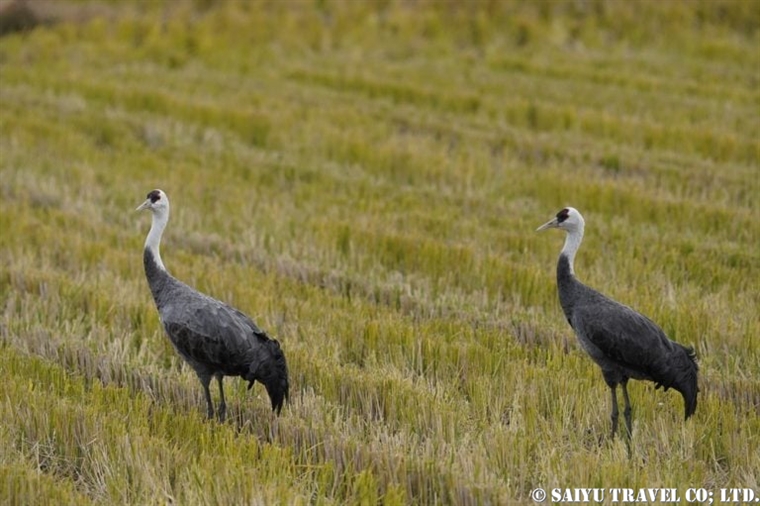


、コクマルガラス(左2羽)-1.jpg)

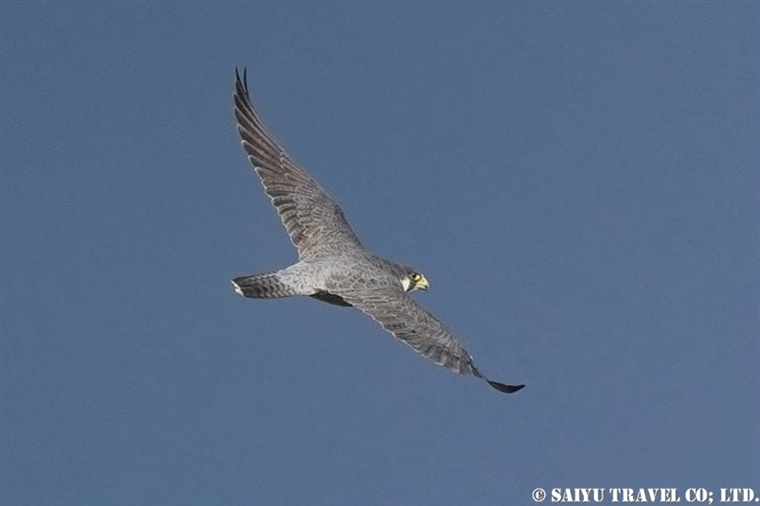
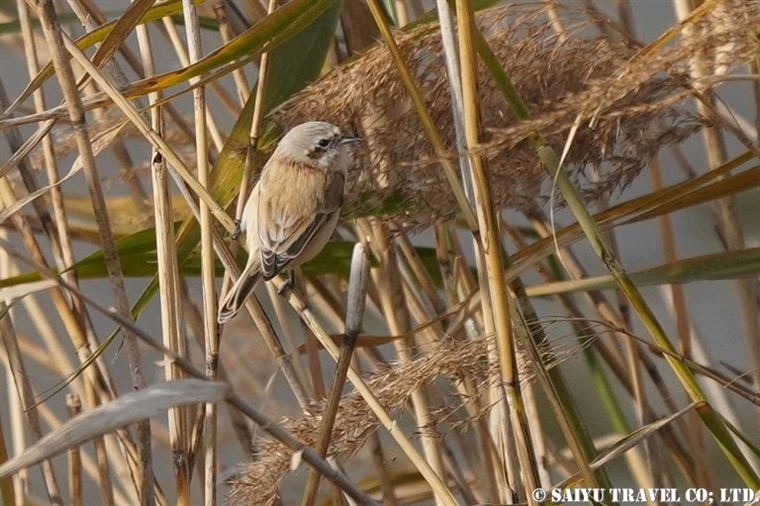
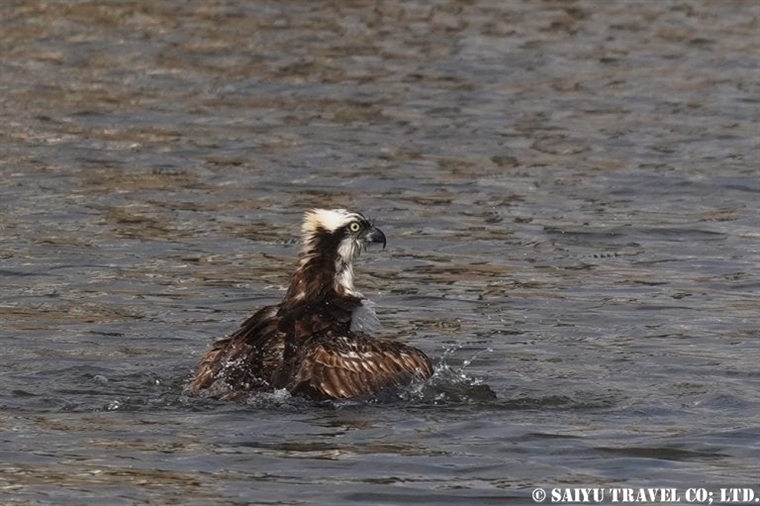
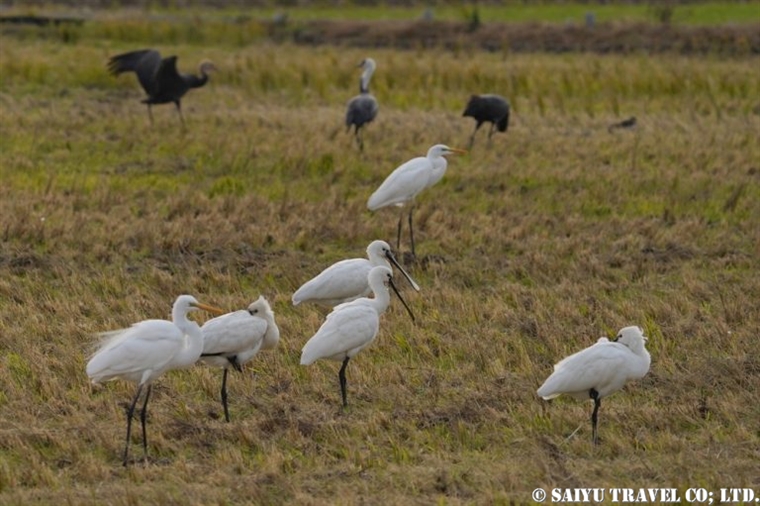
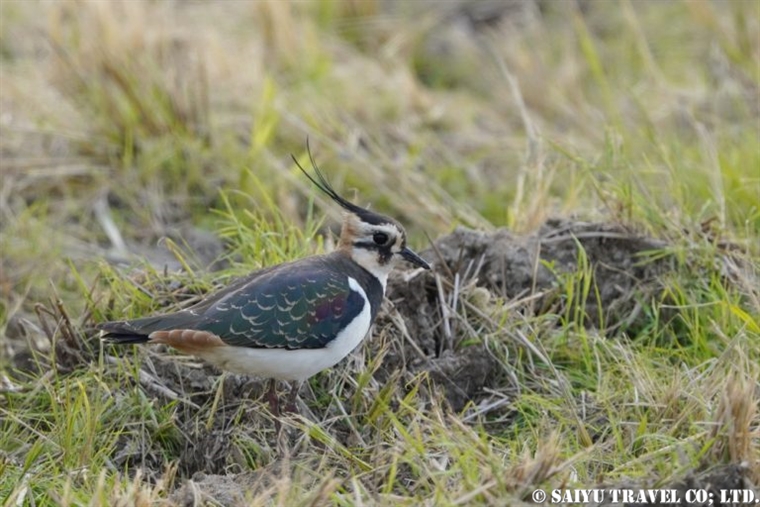
とソデグロヅル(手前)Izumi-Crane-Japan-Ariake-Sea -1.jpg)
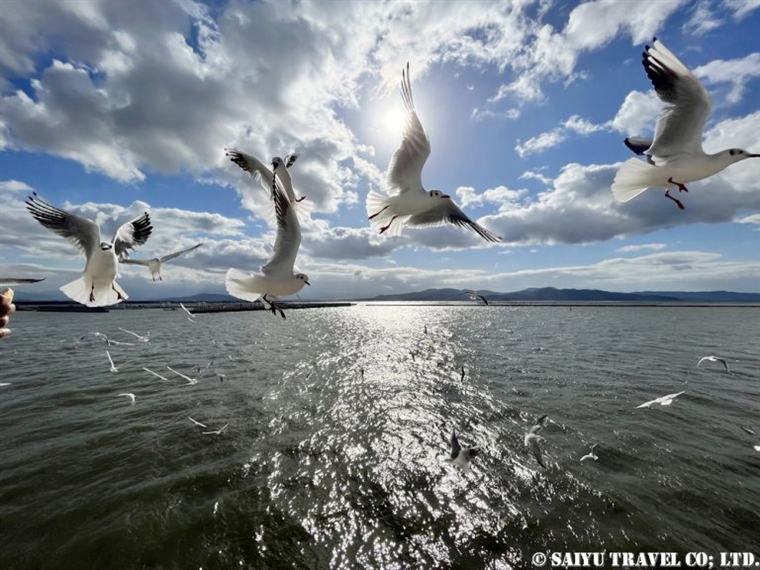
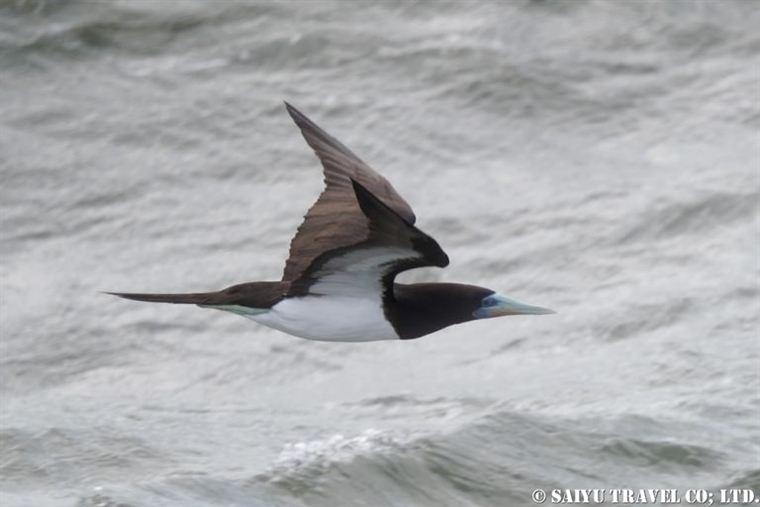
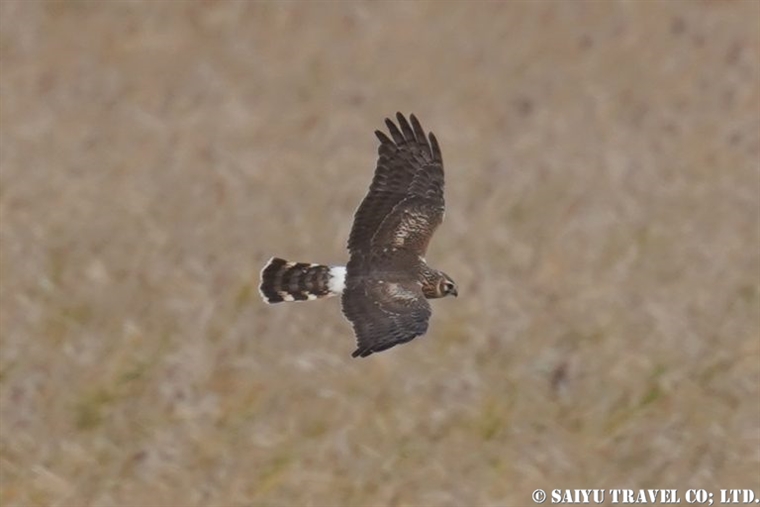
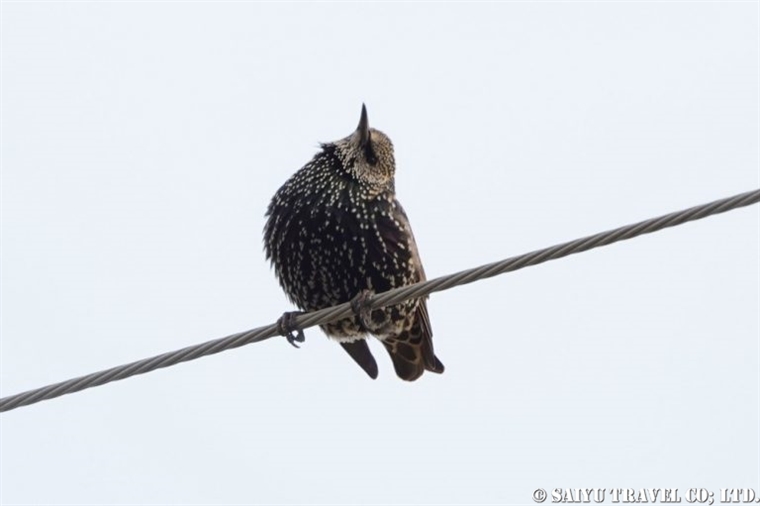
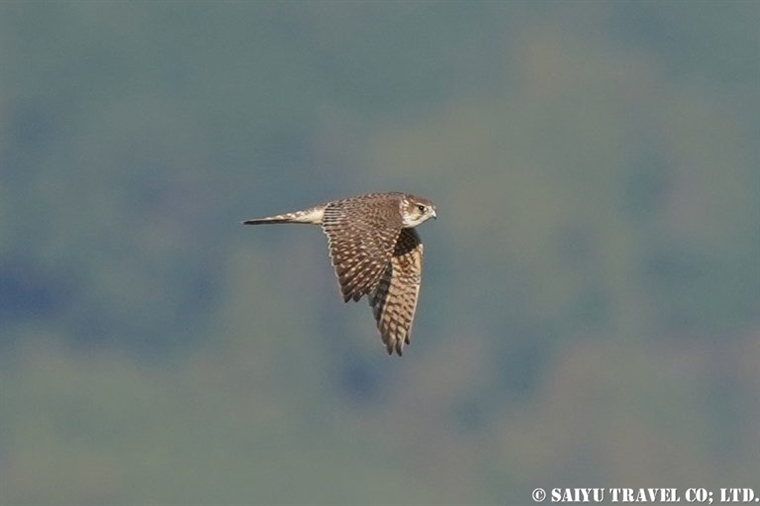
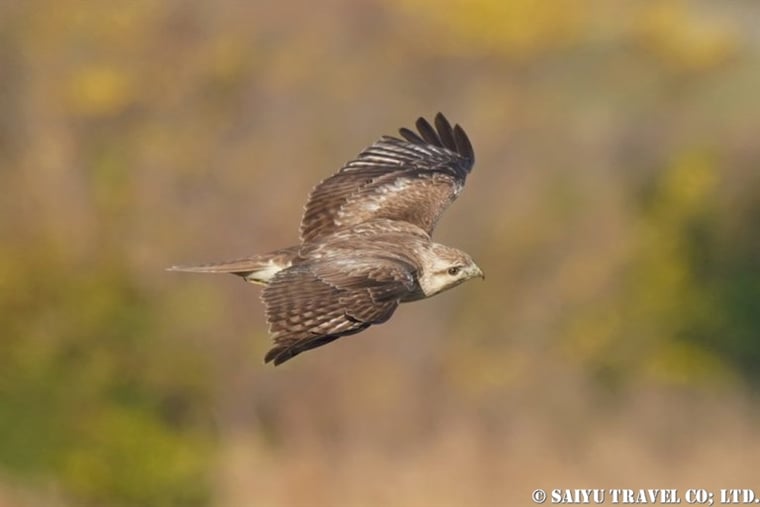
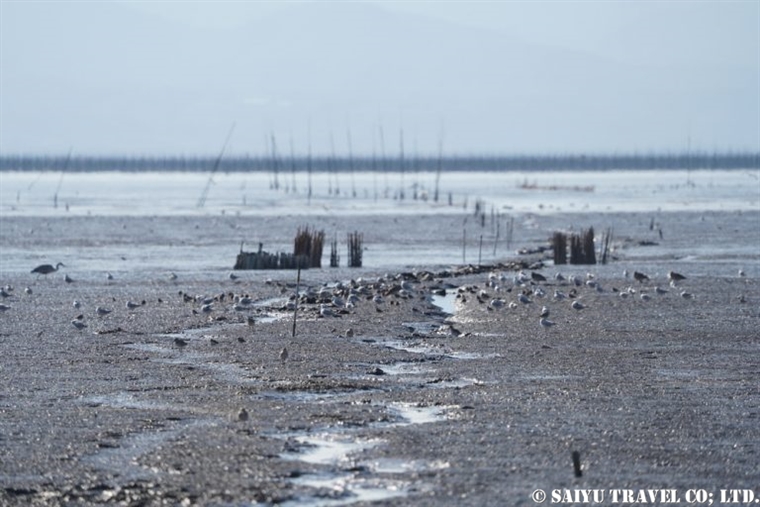
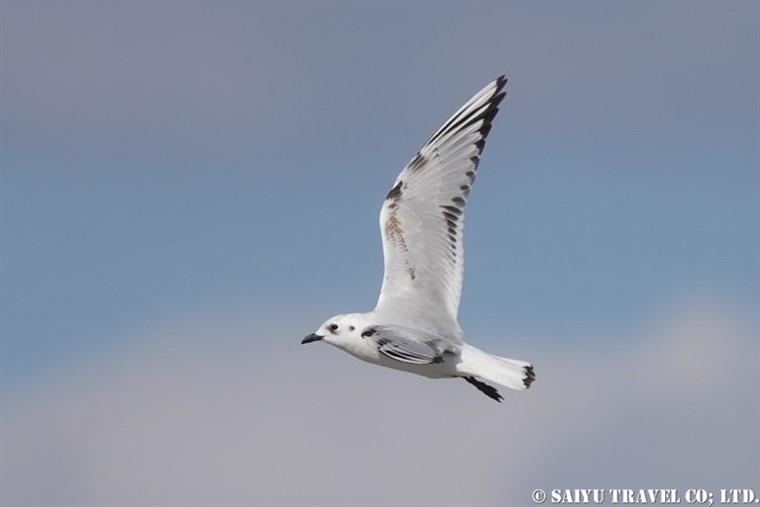
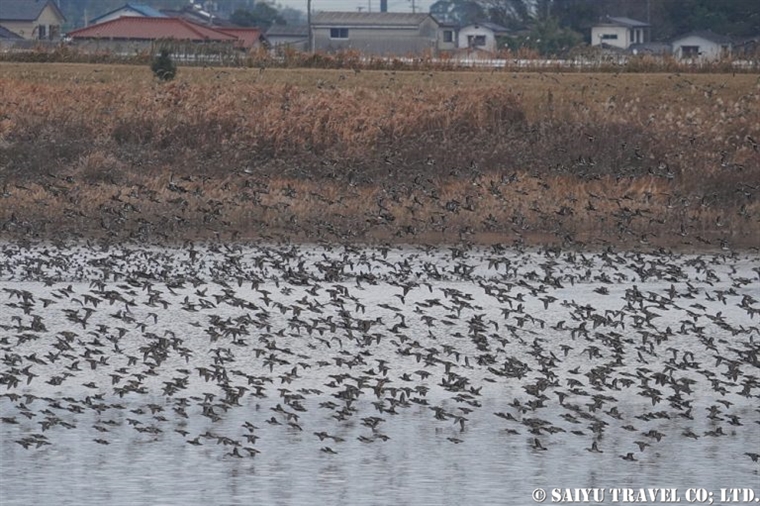
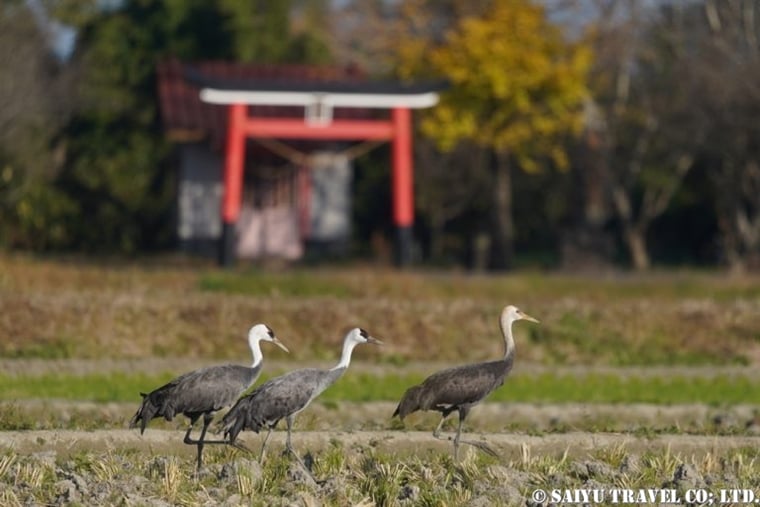
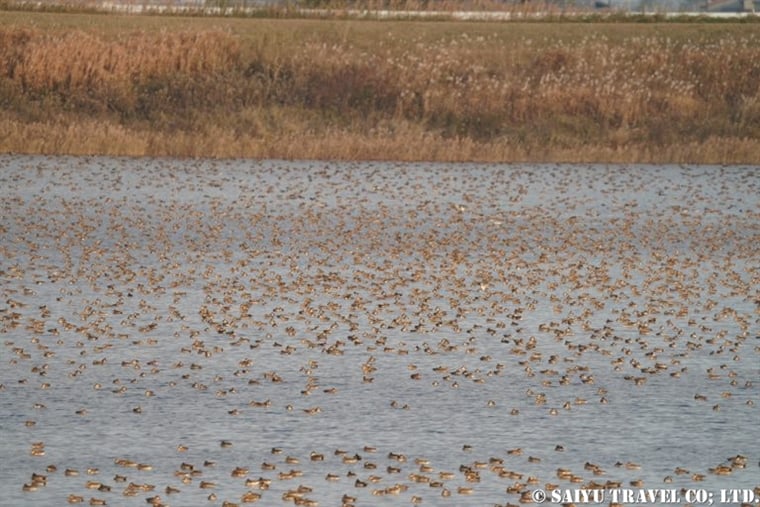
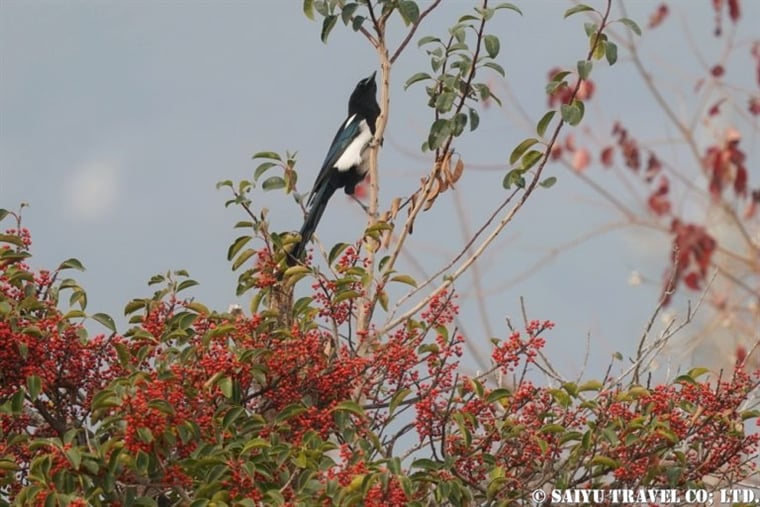
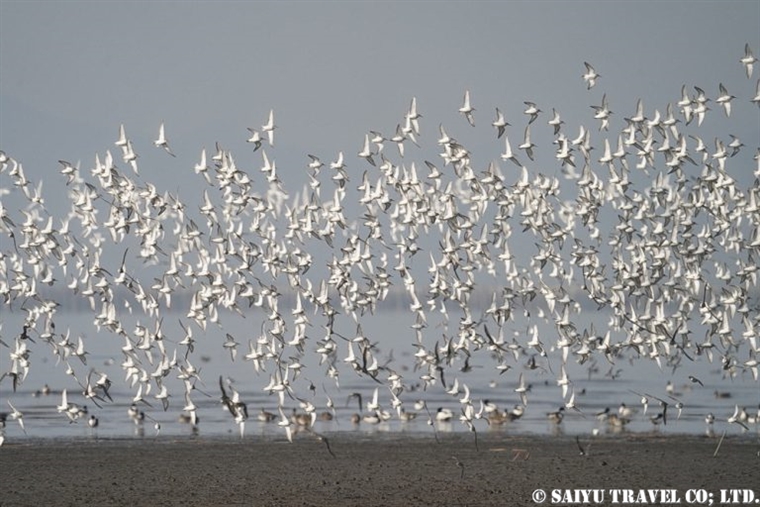
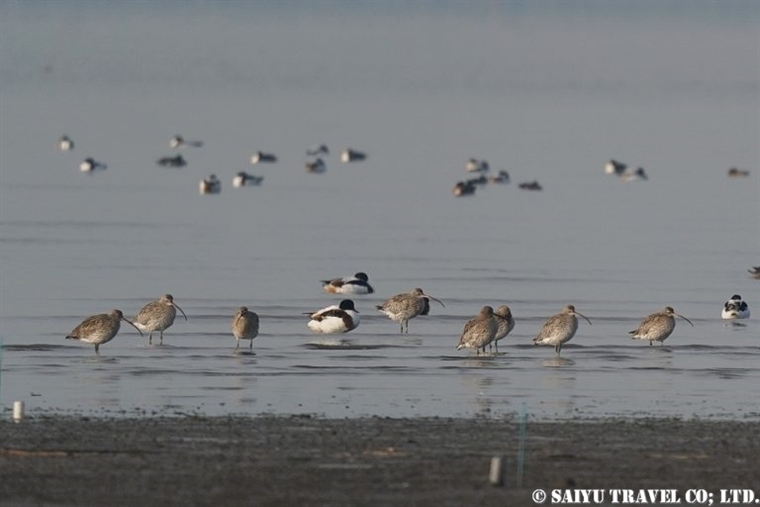
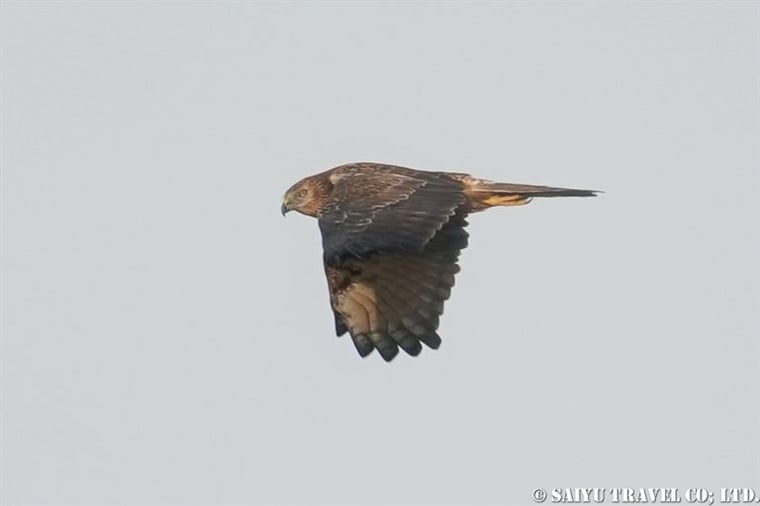
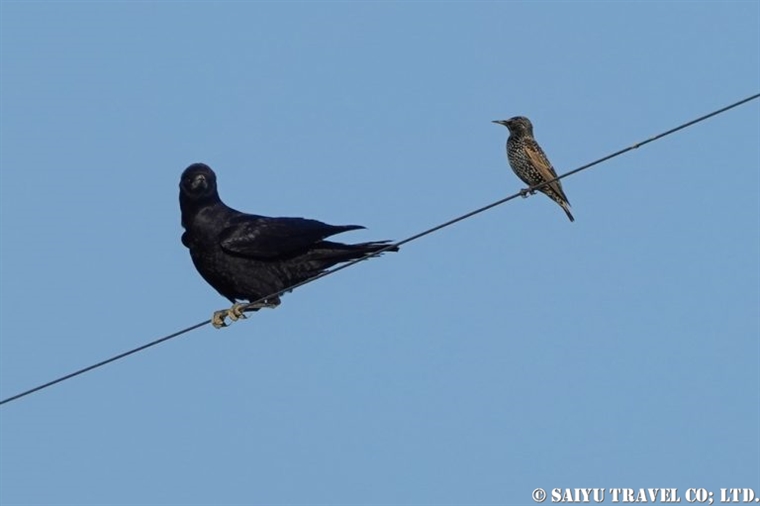
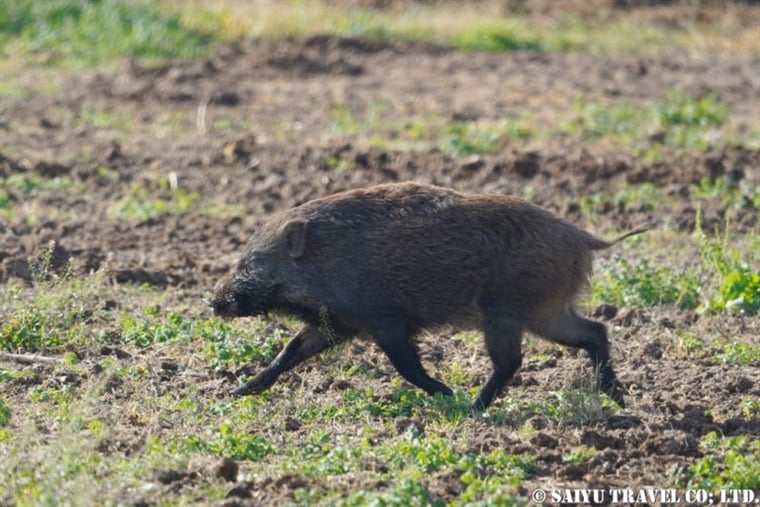
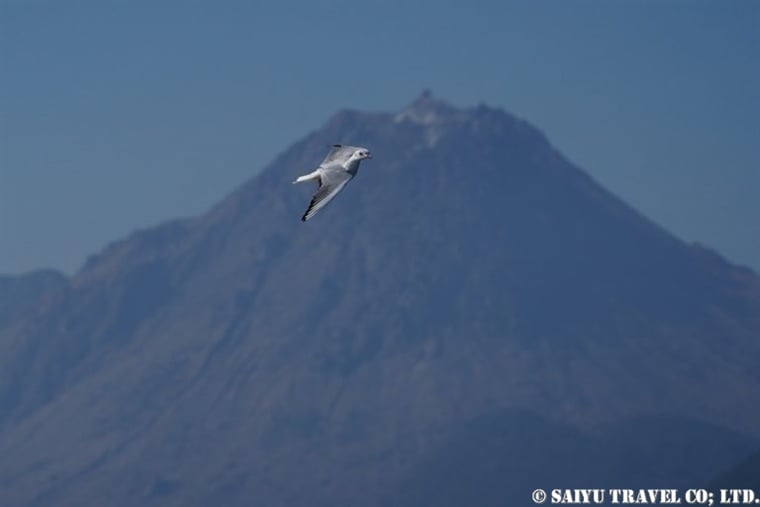
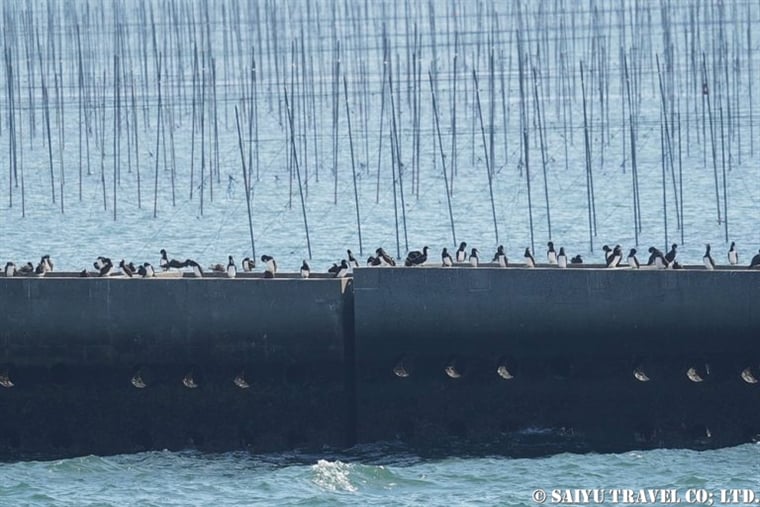
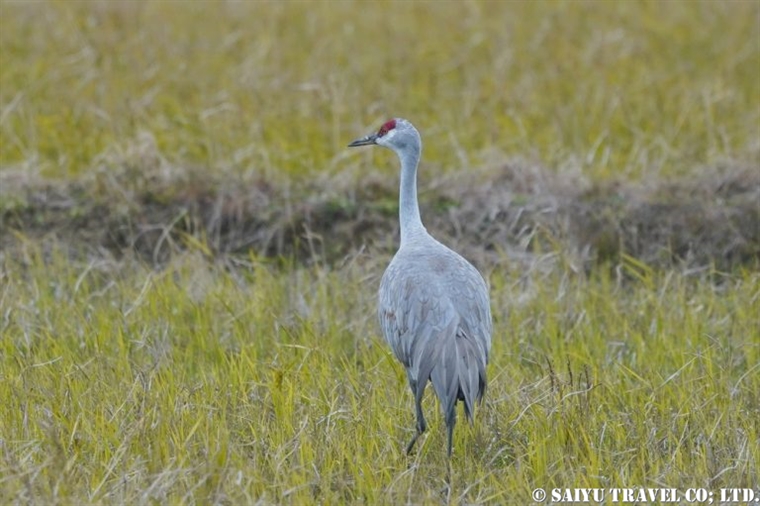
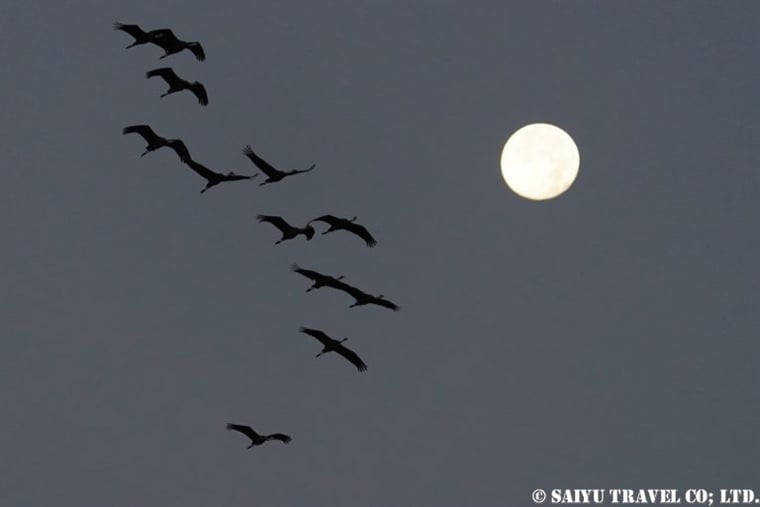
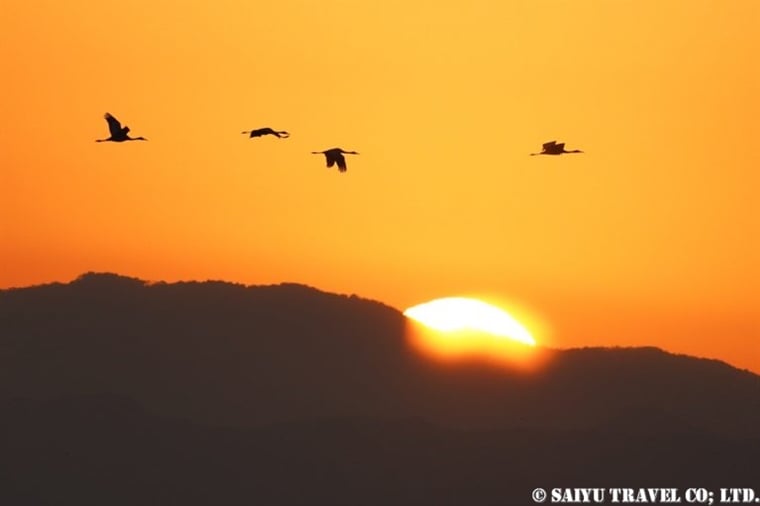
とミヤマガラス.jpg)
